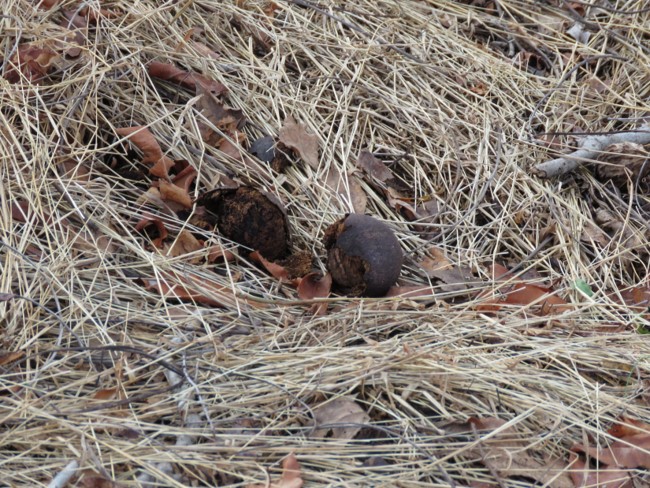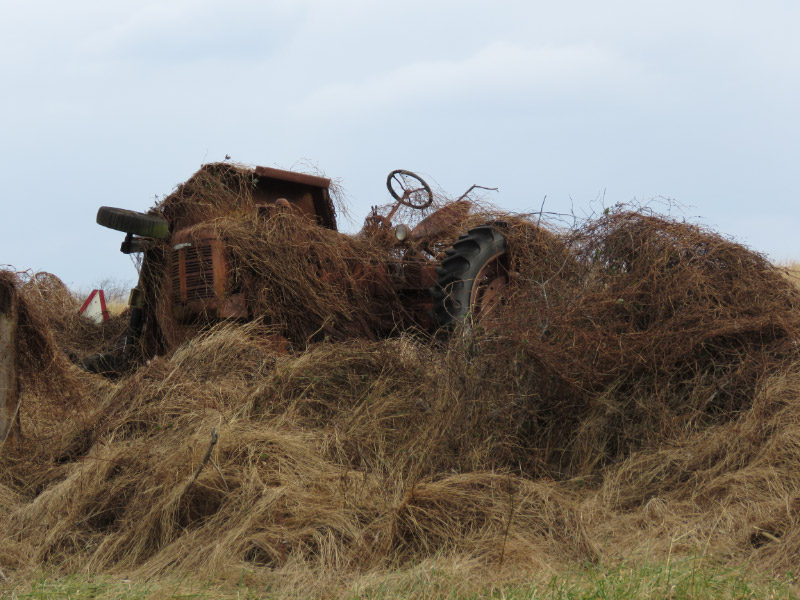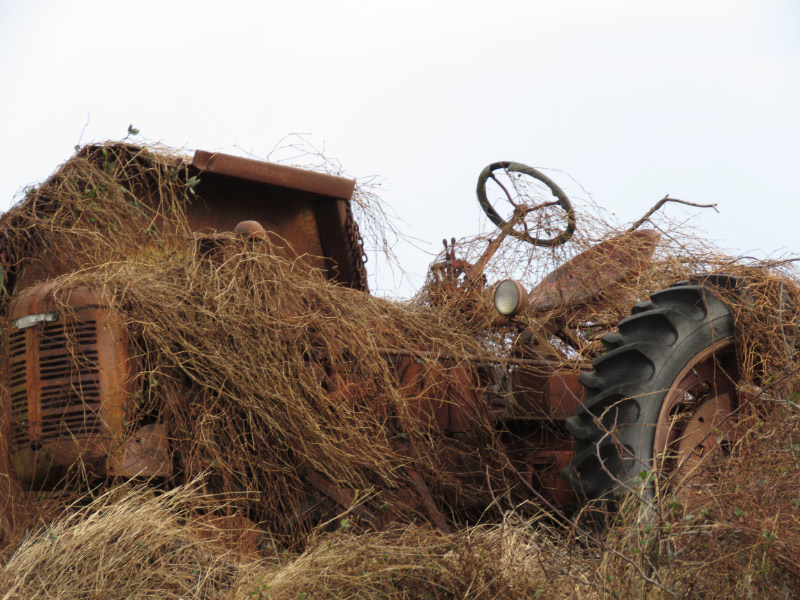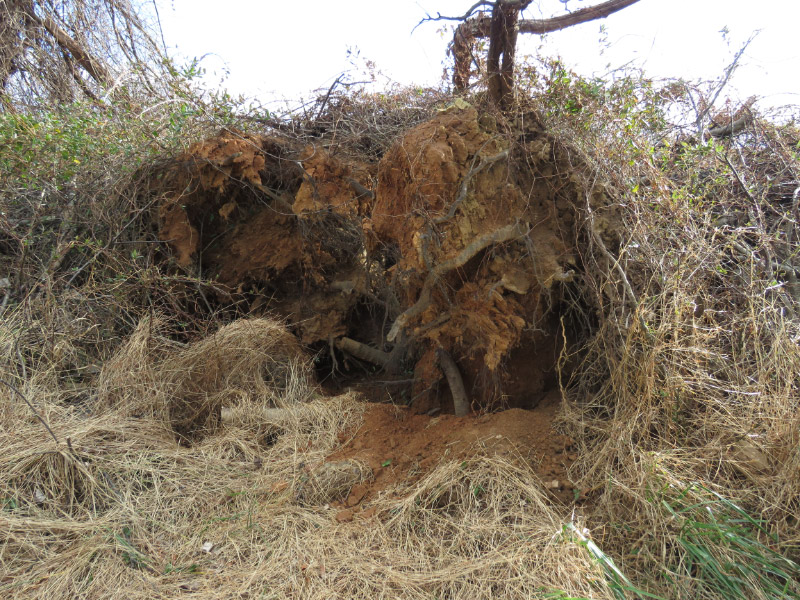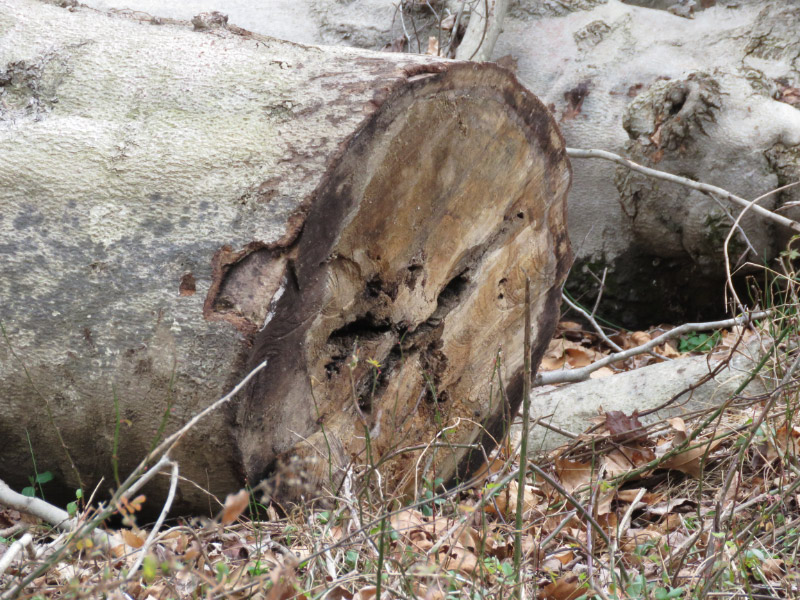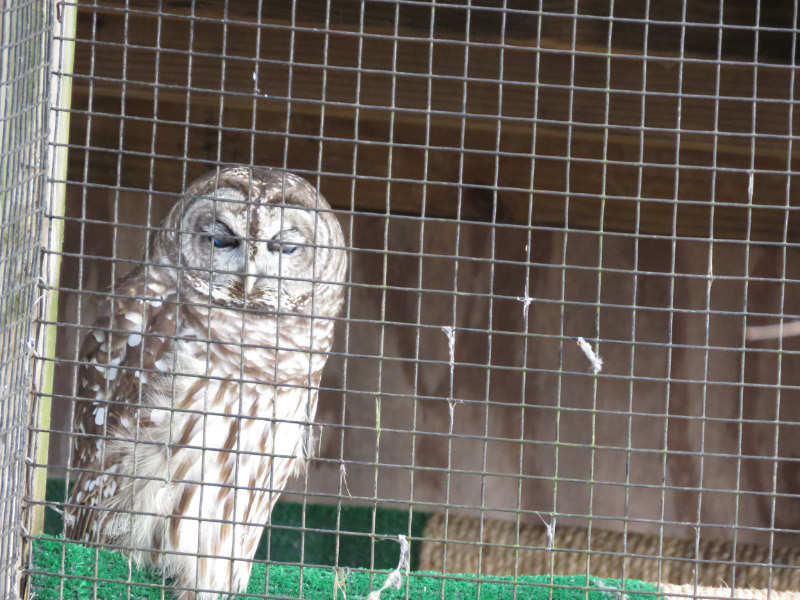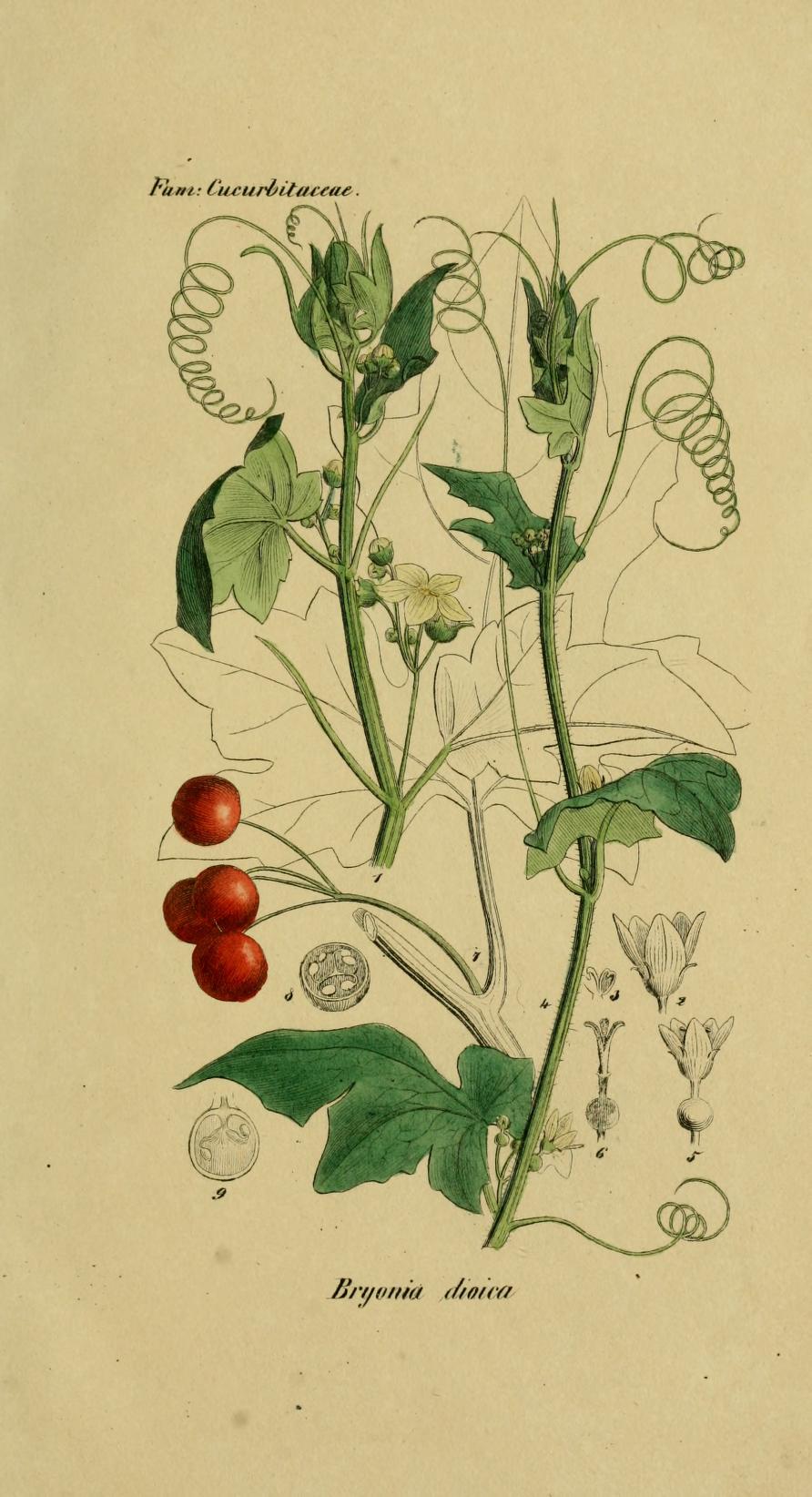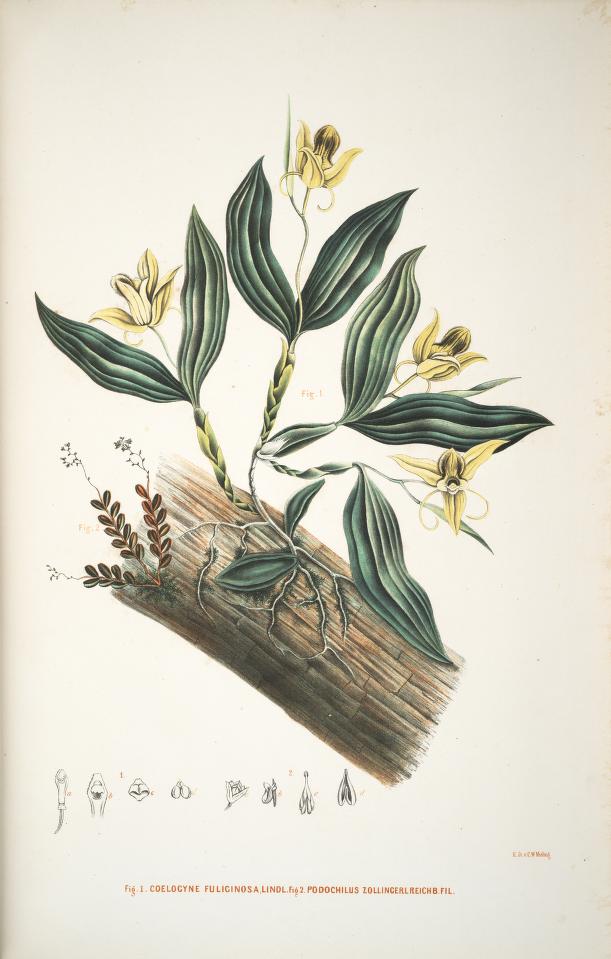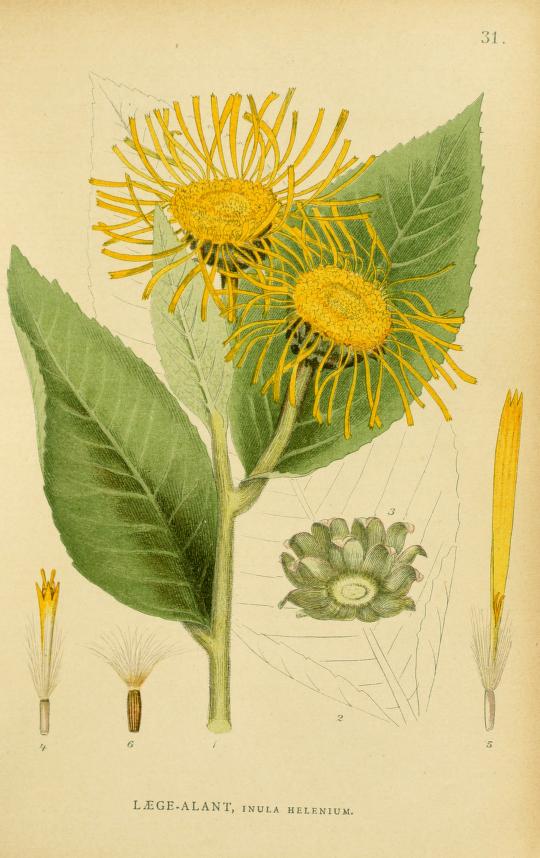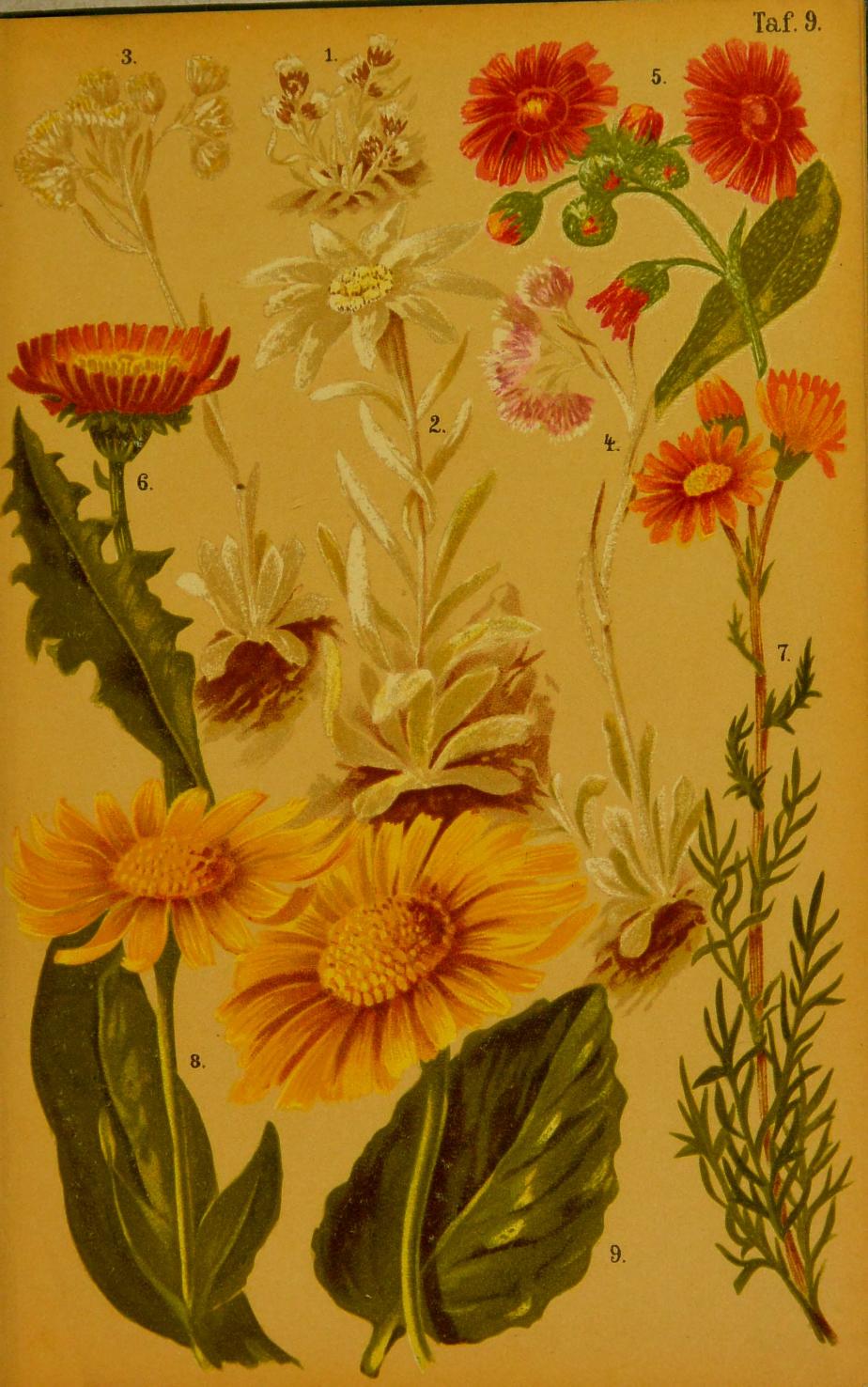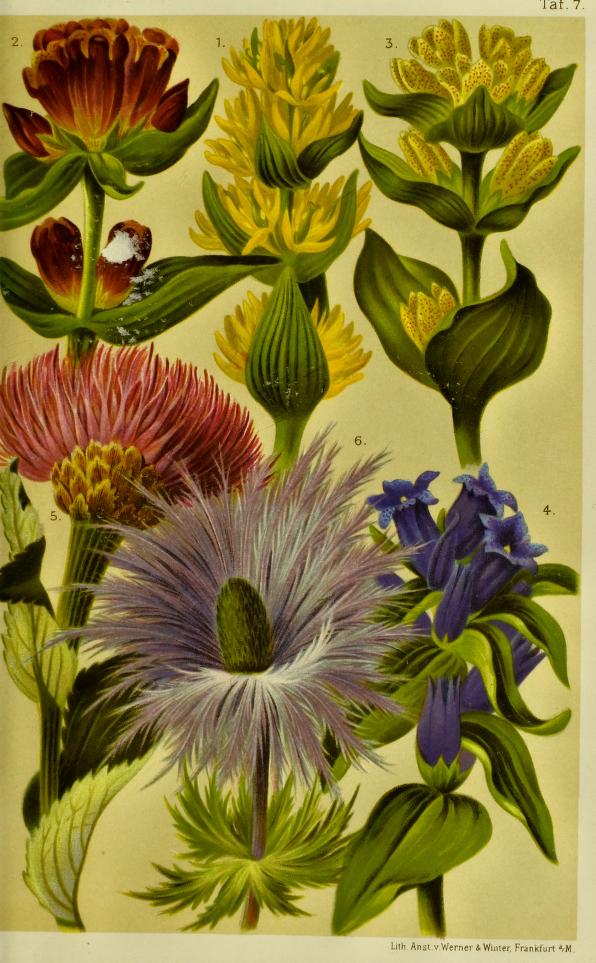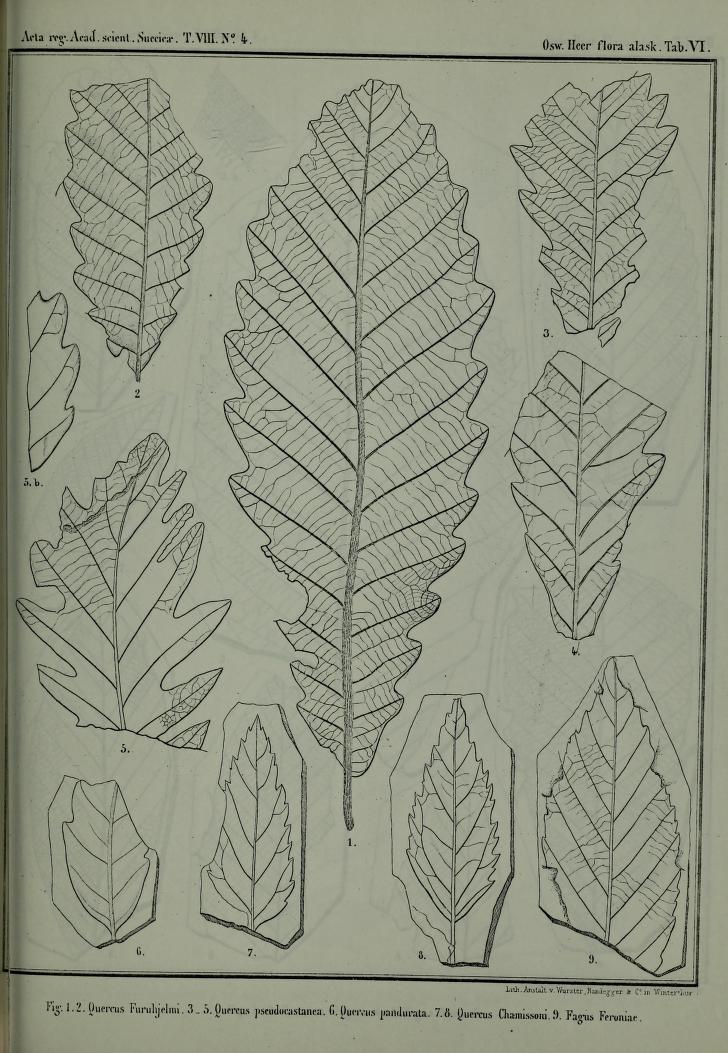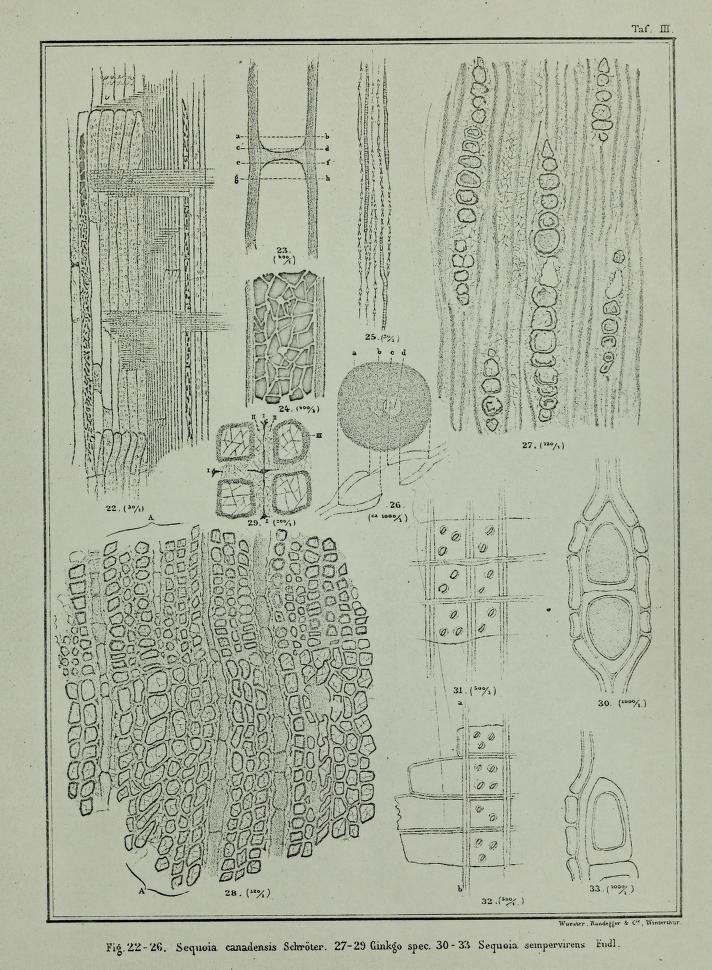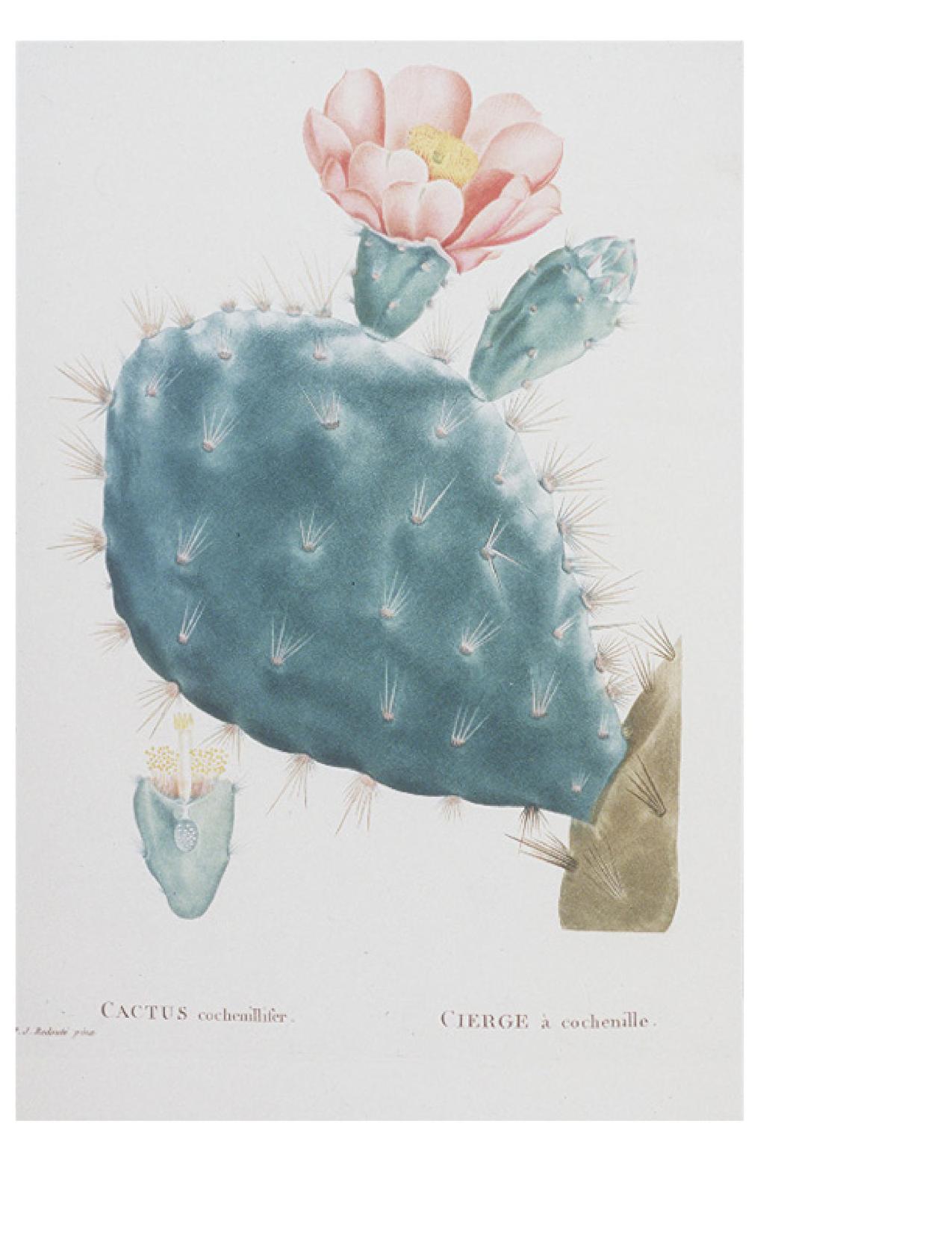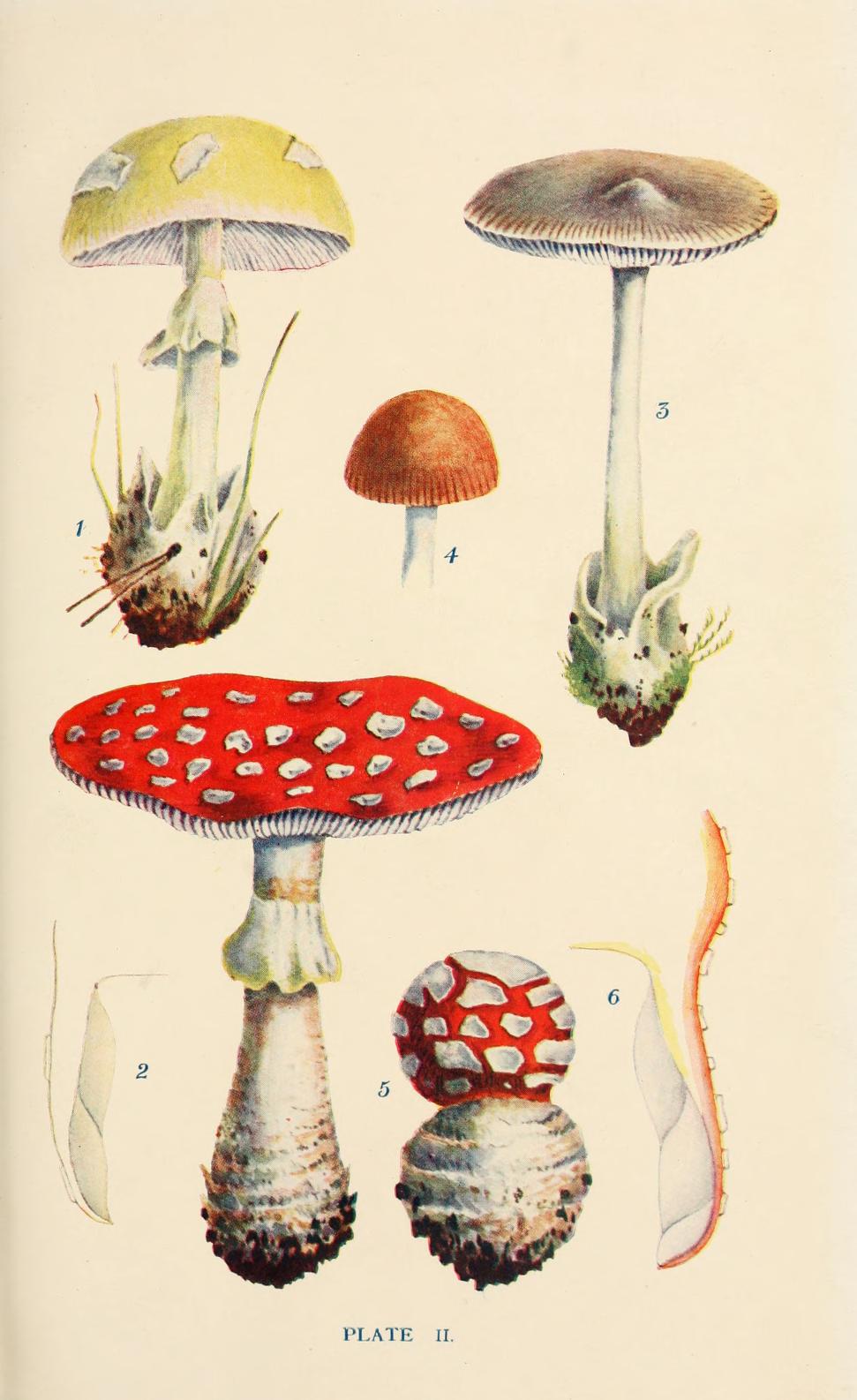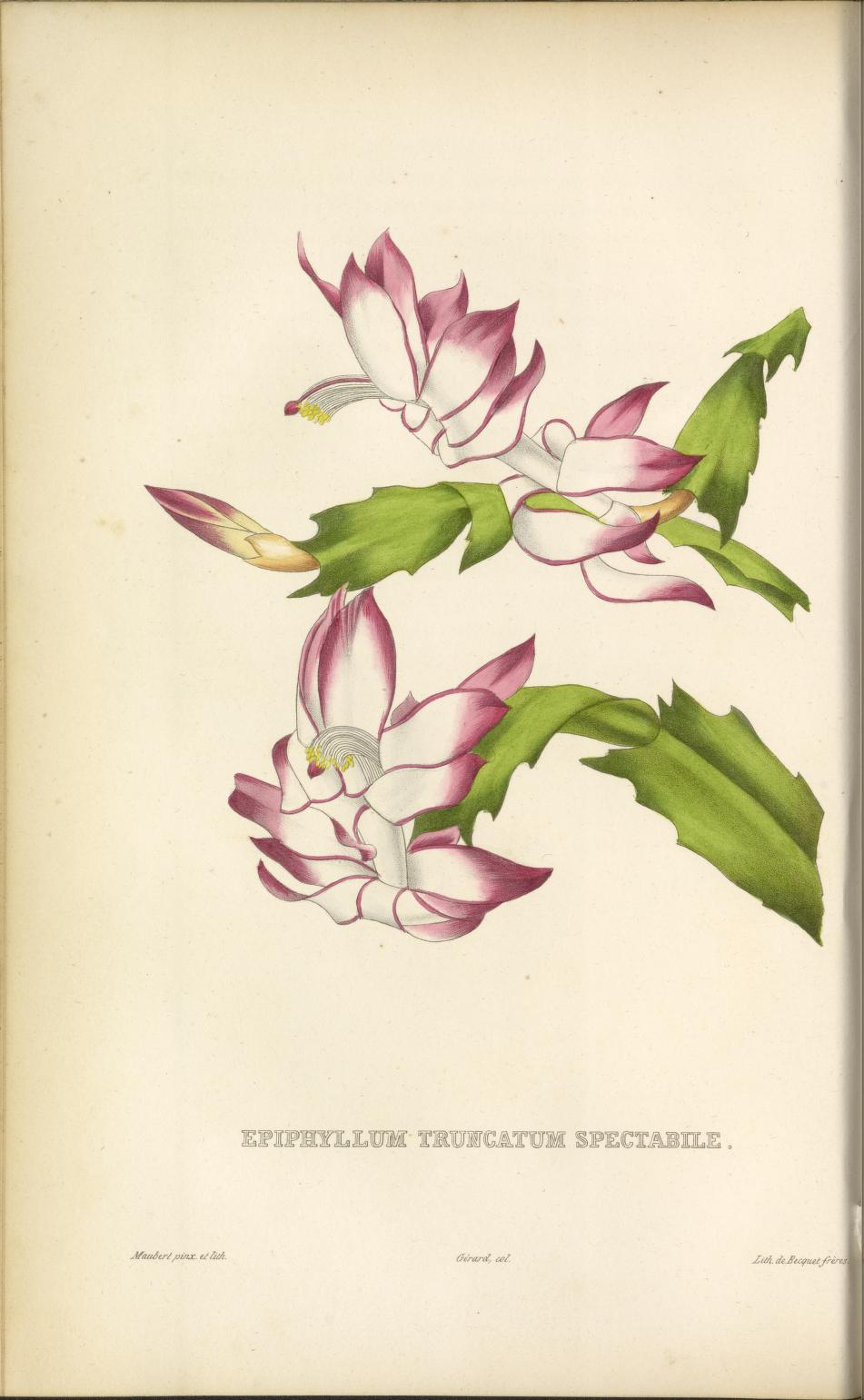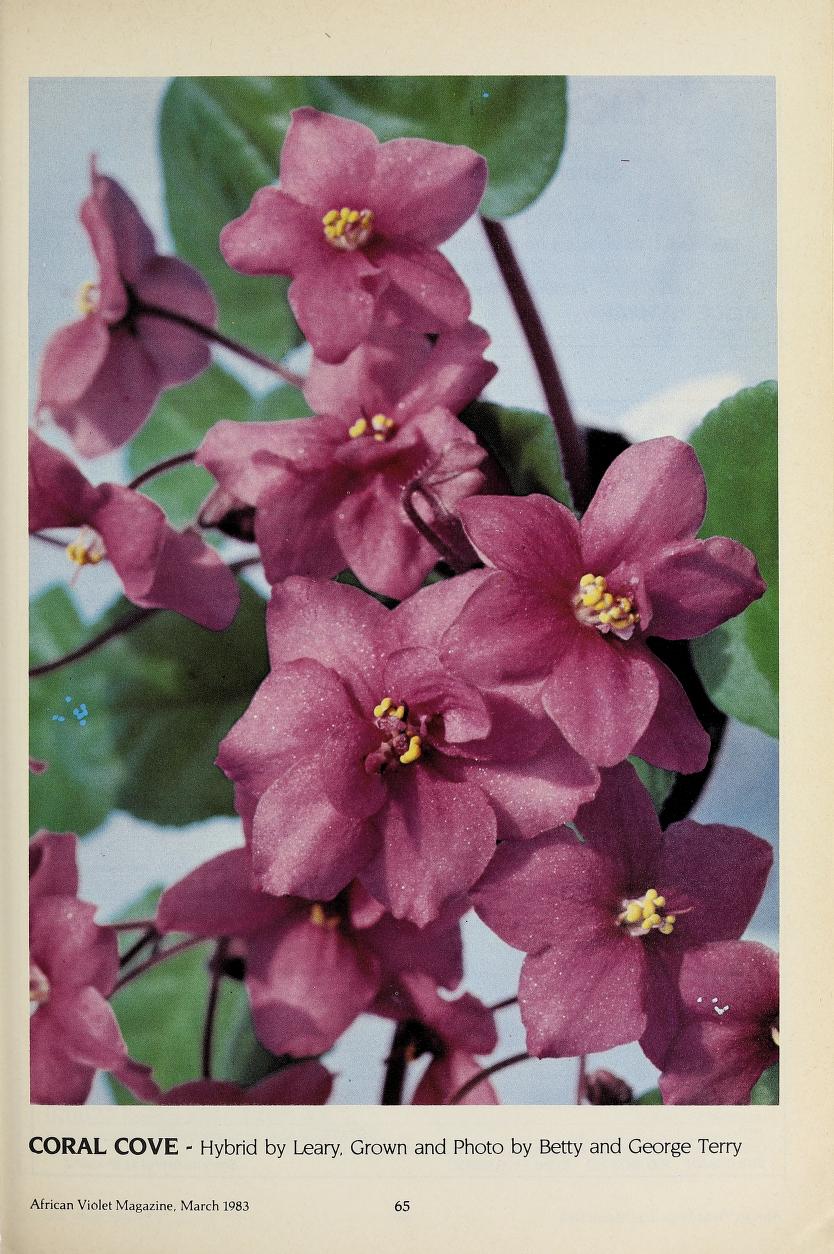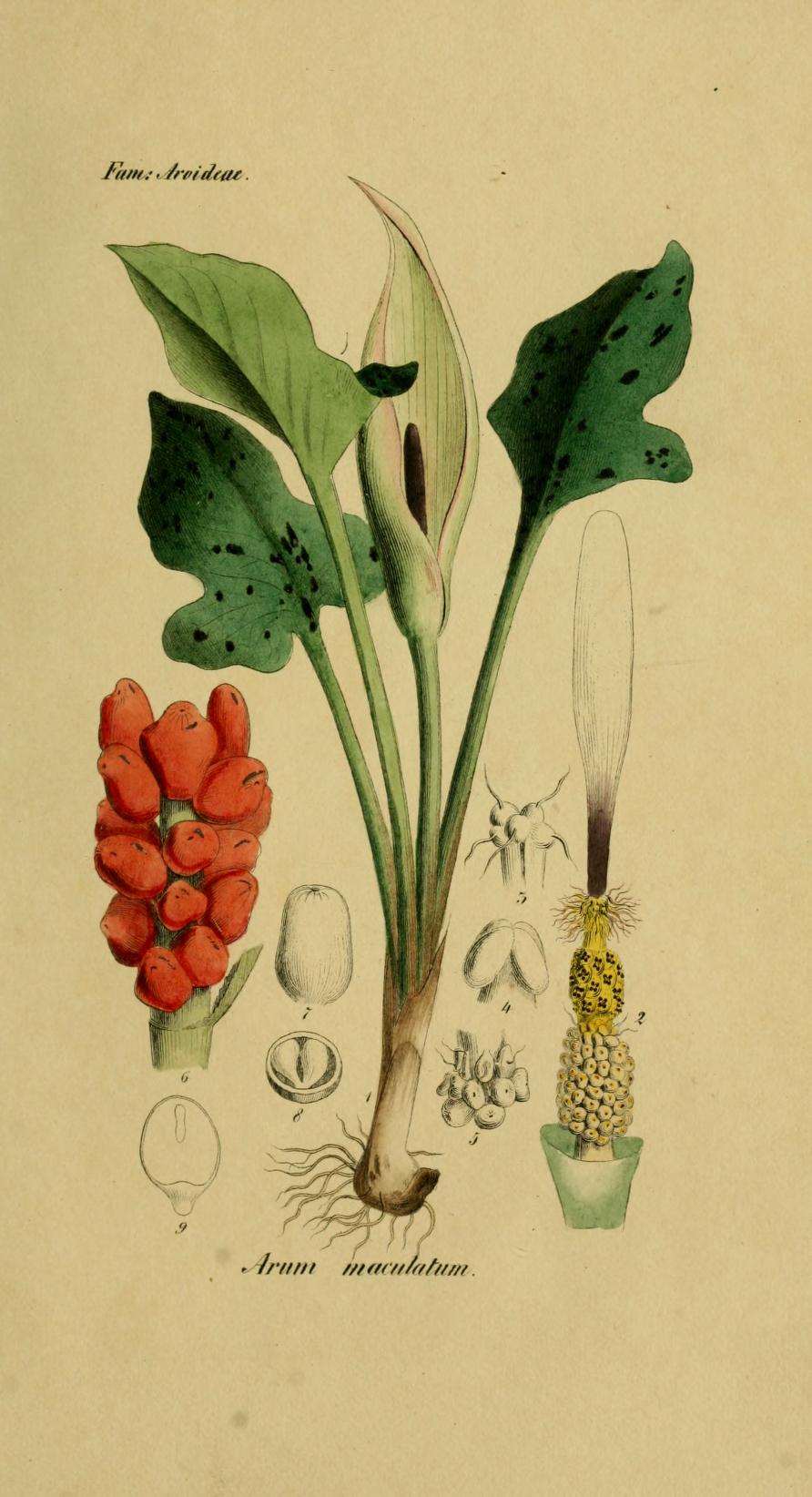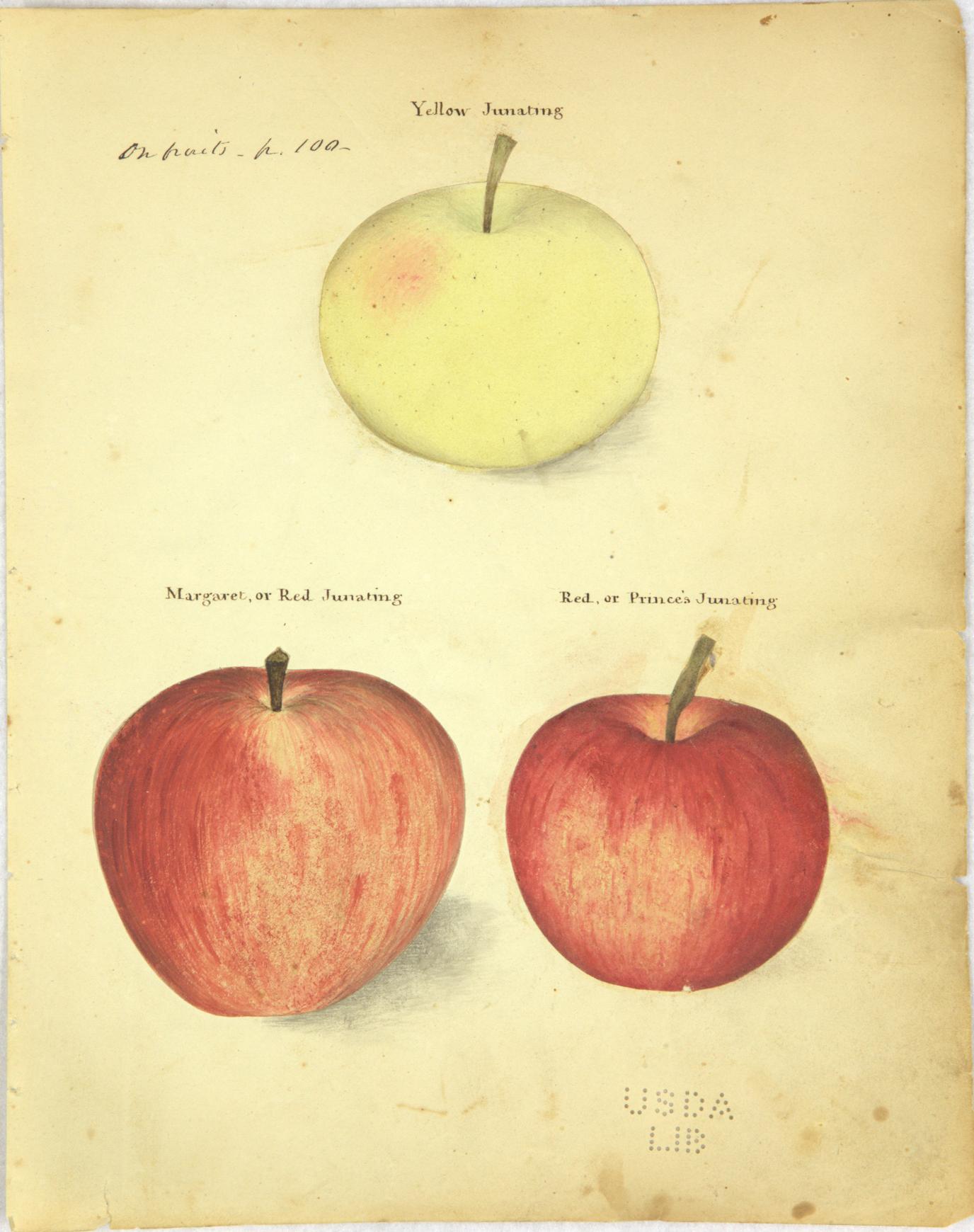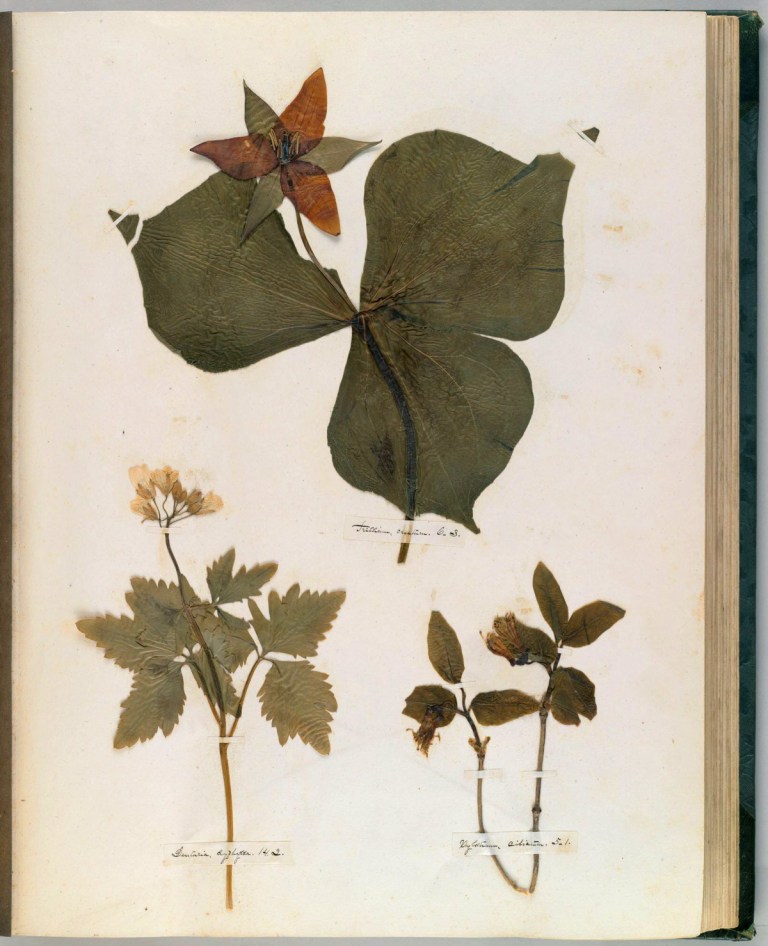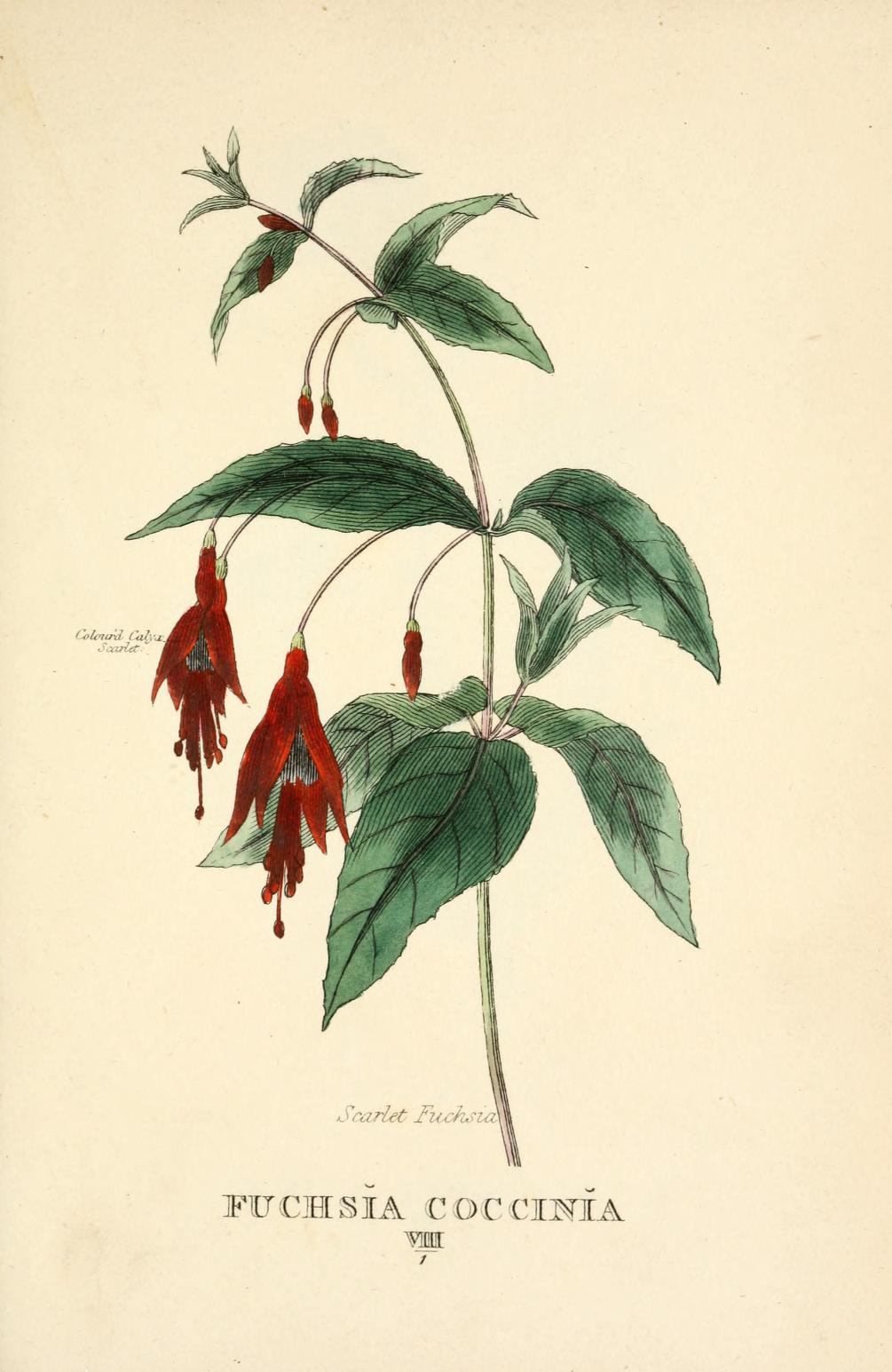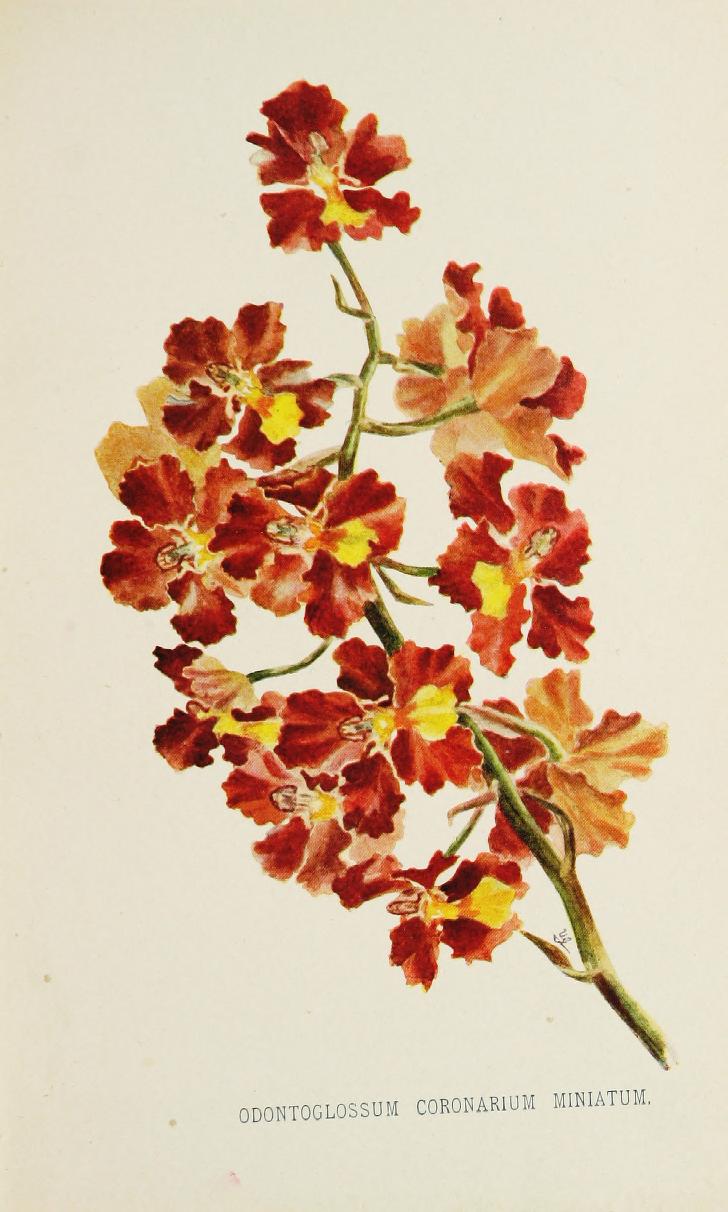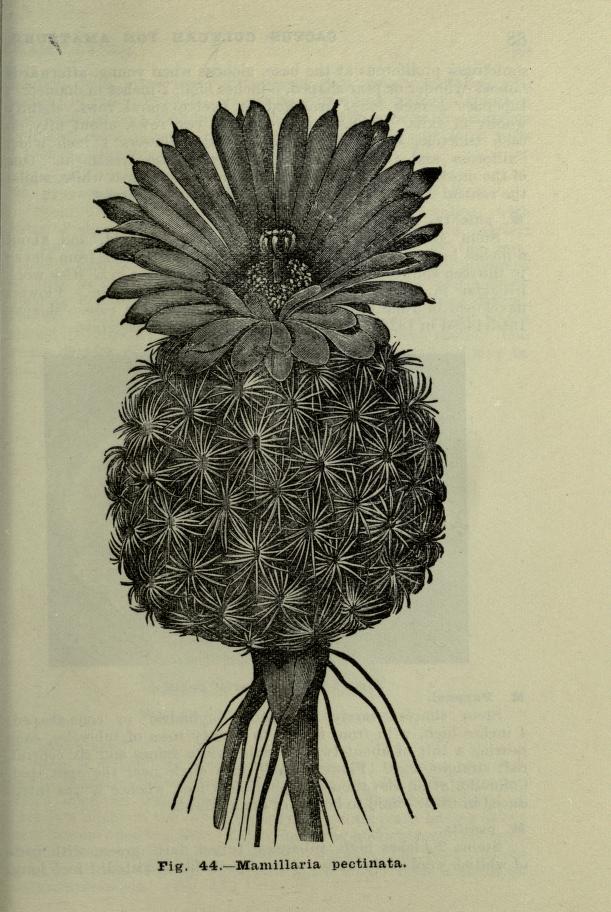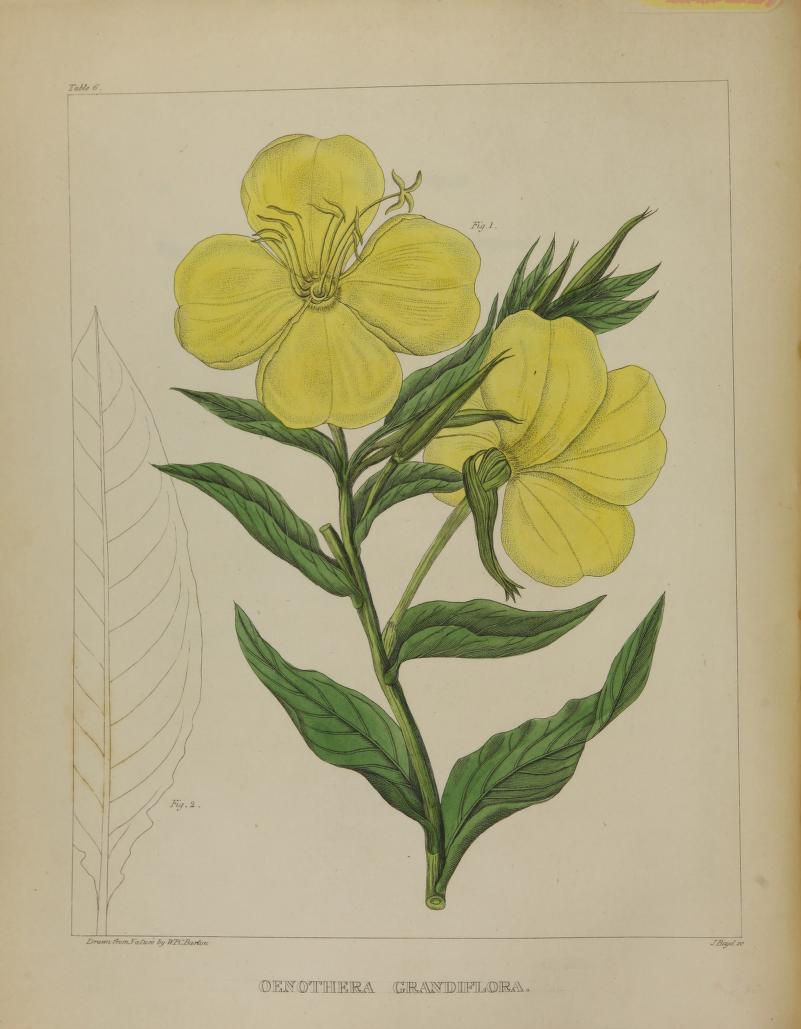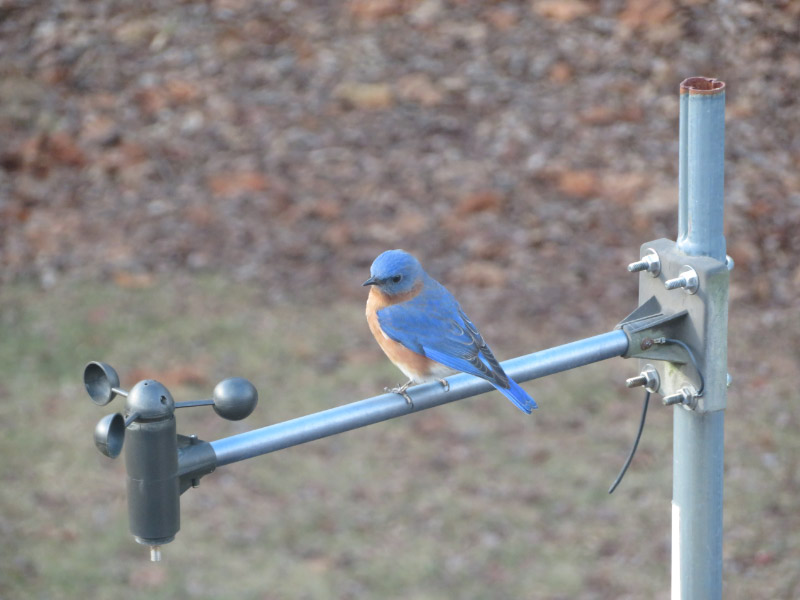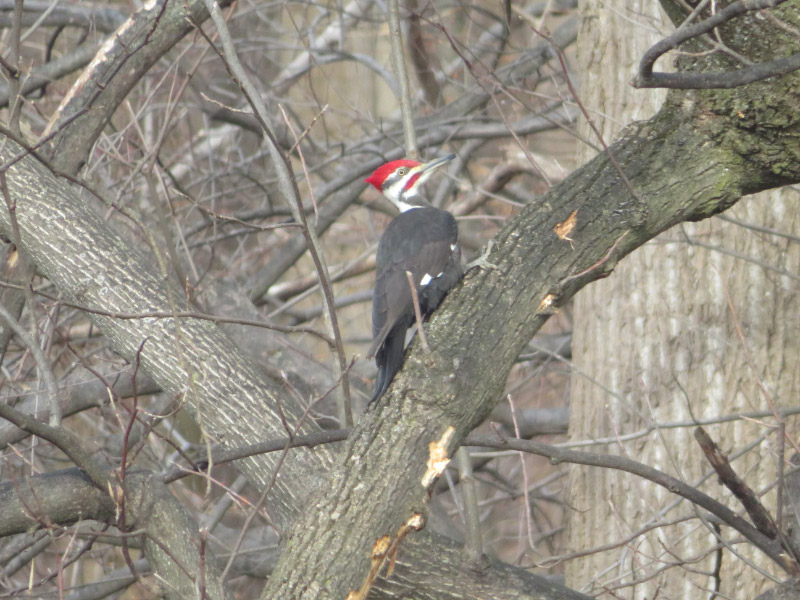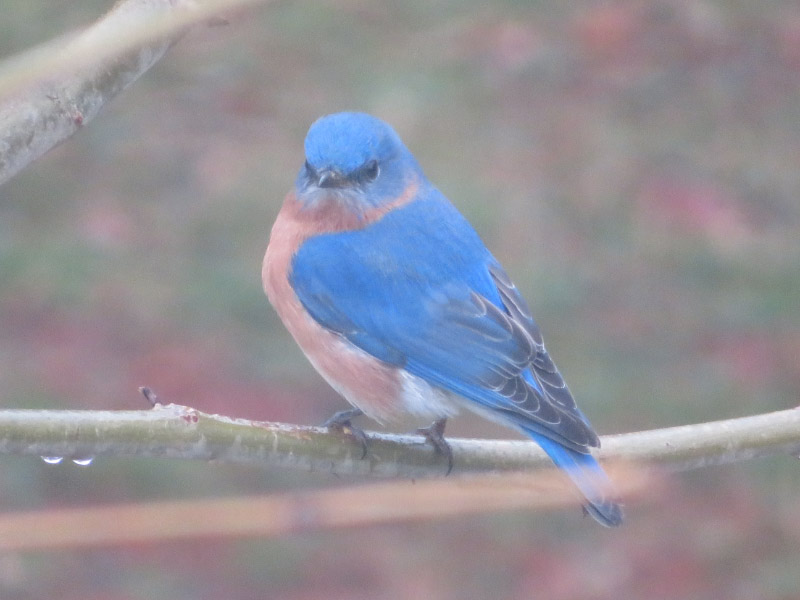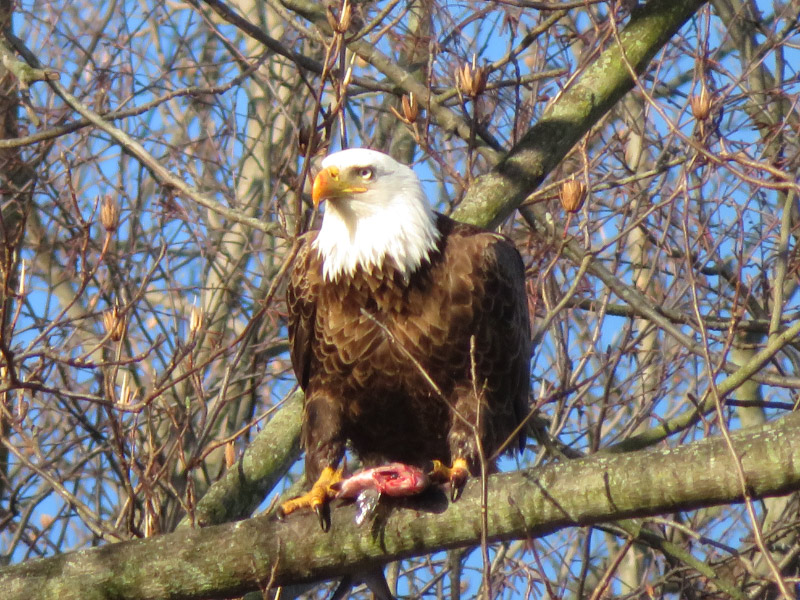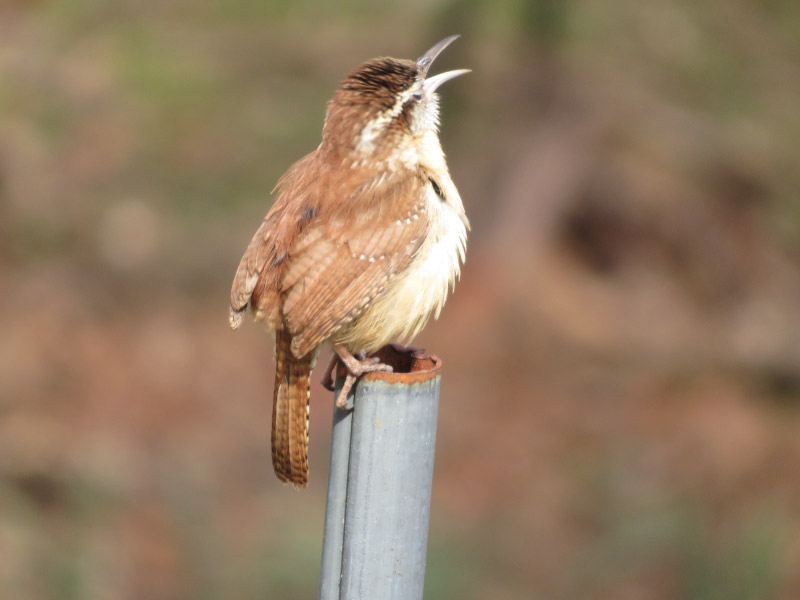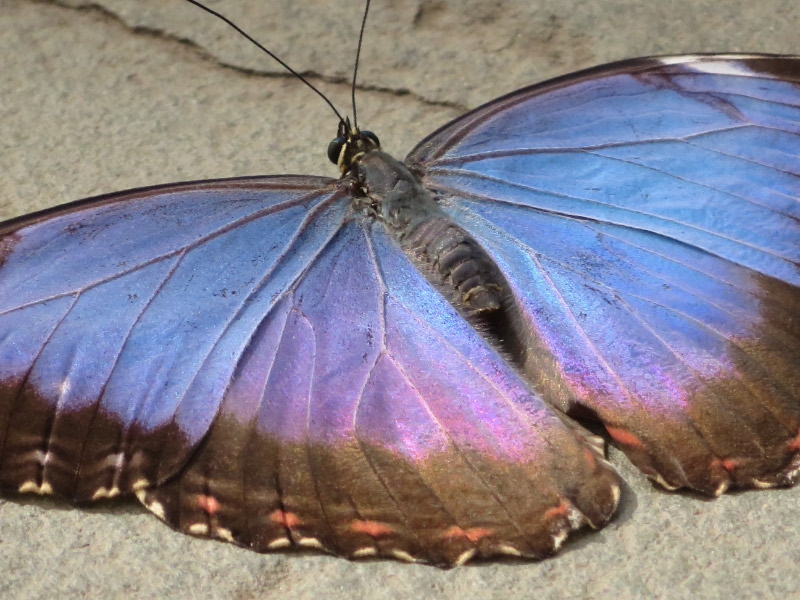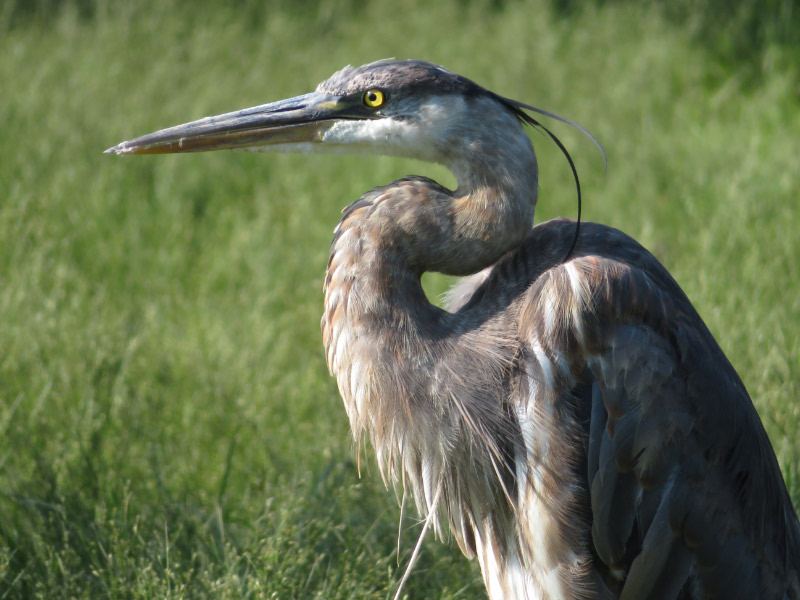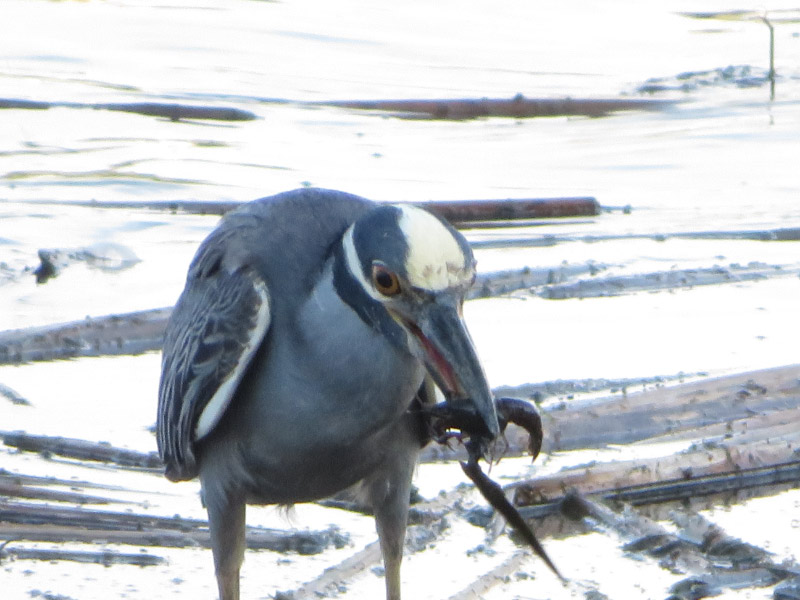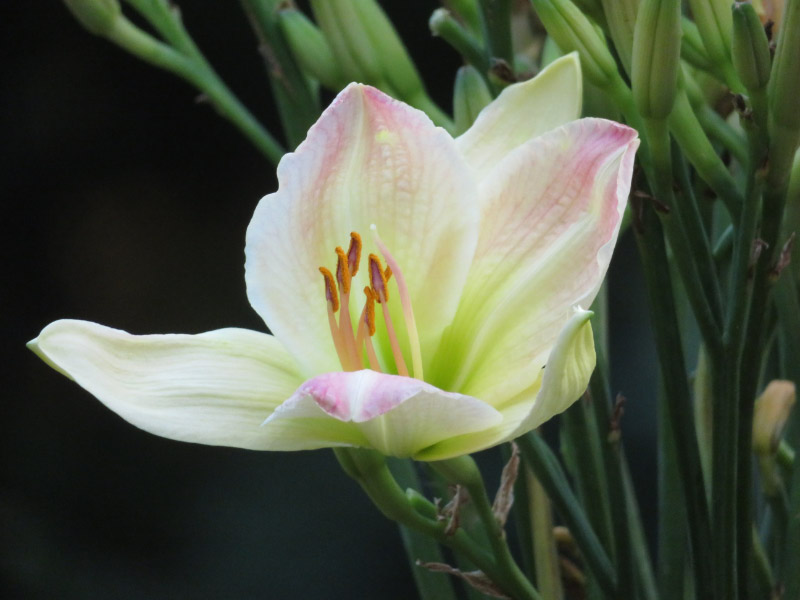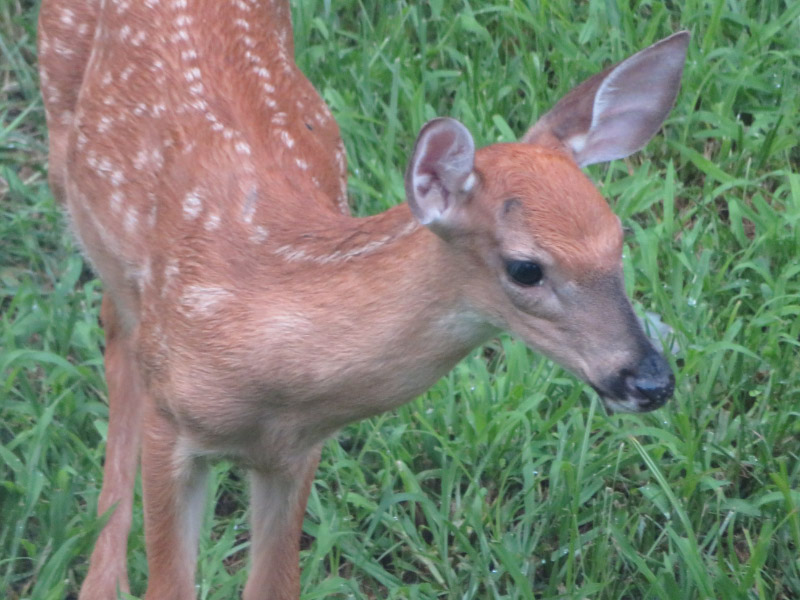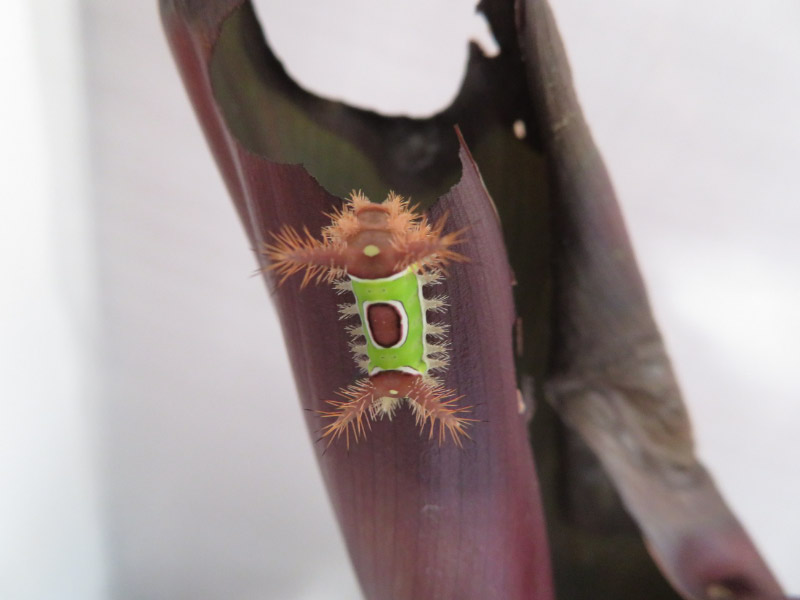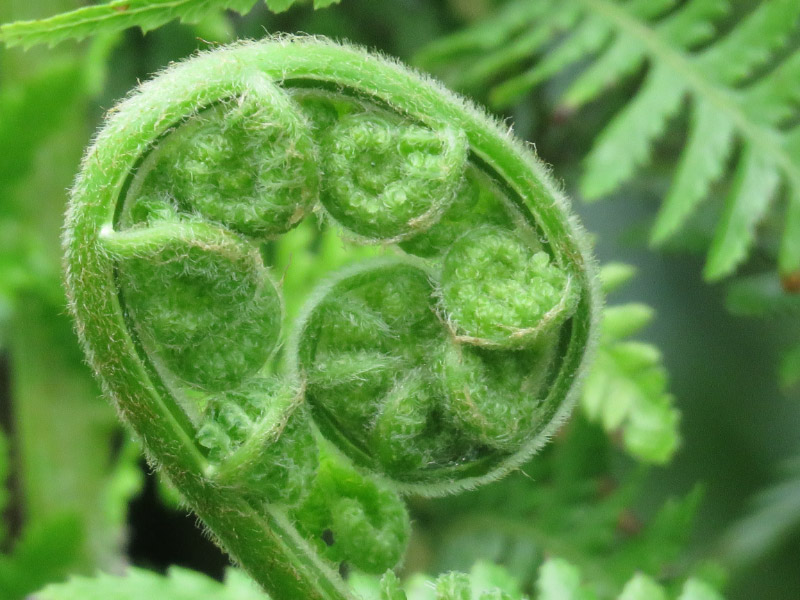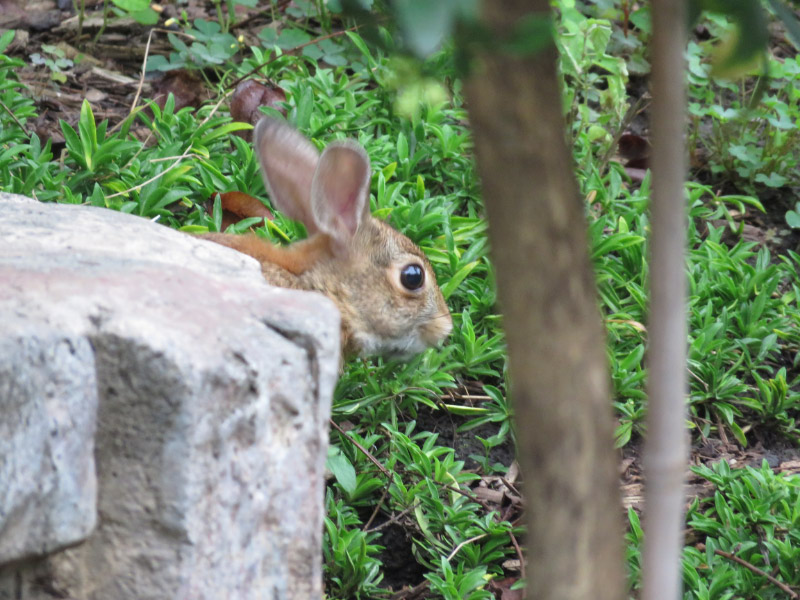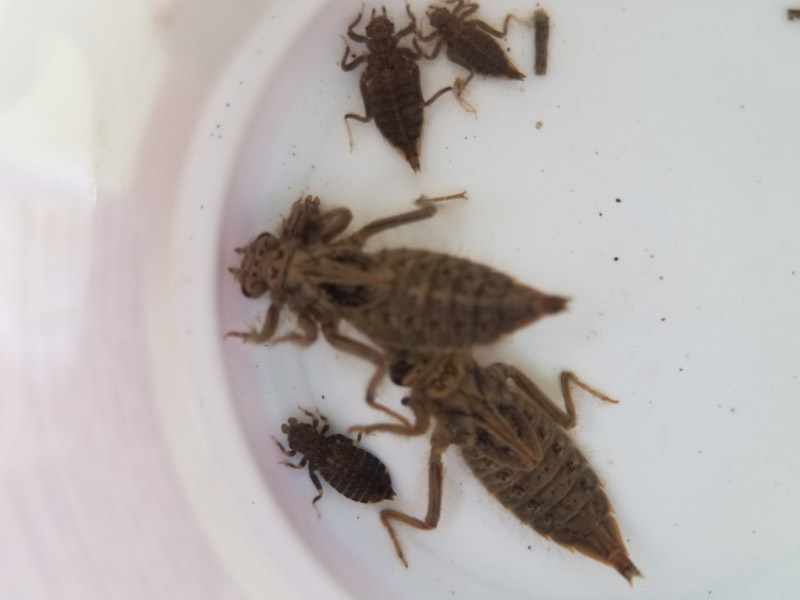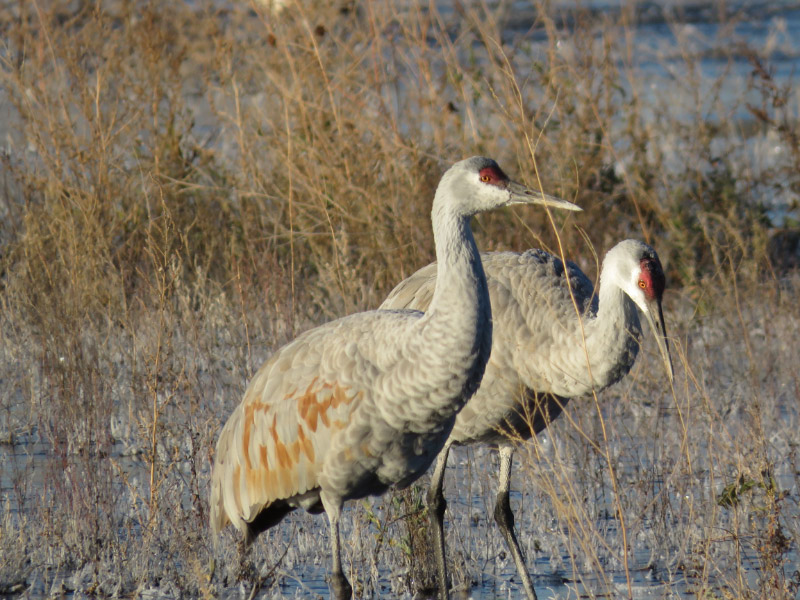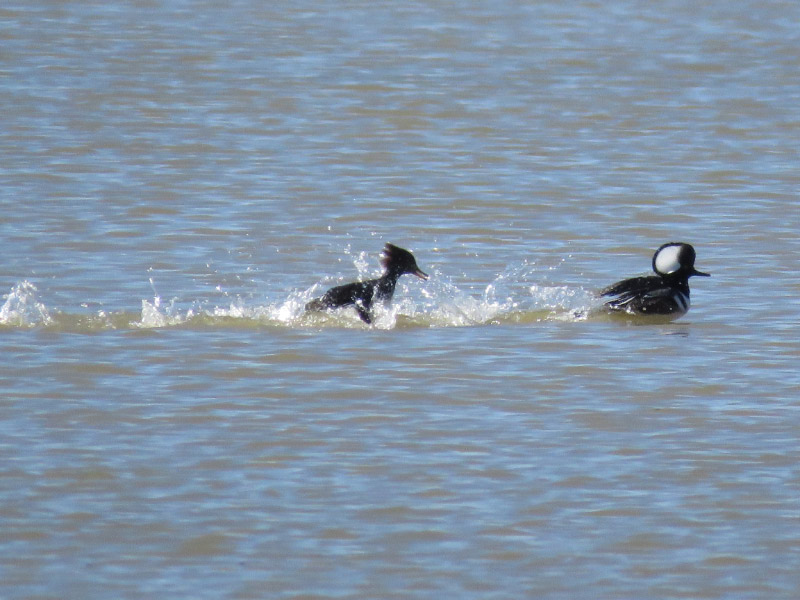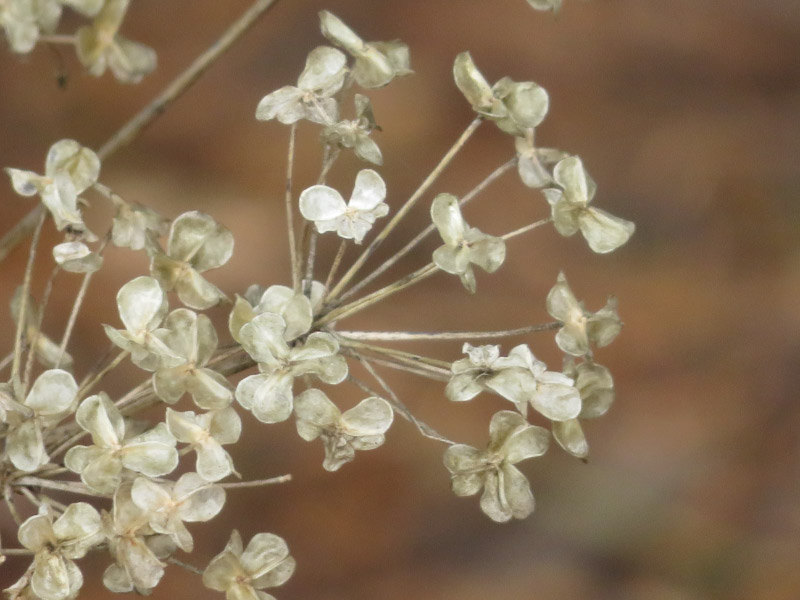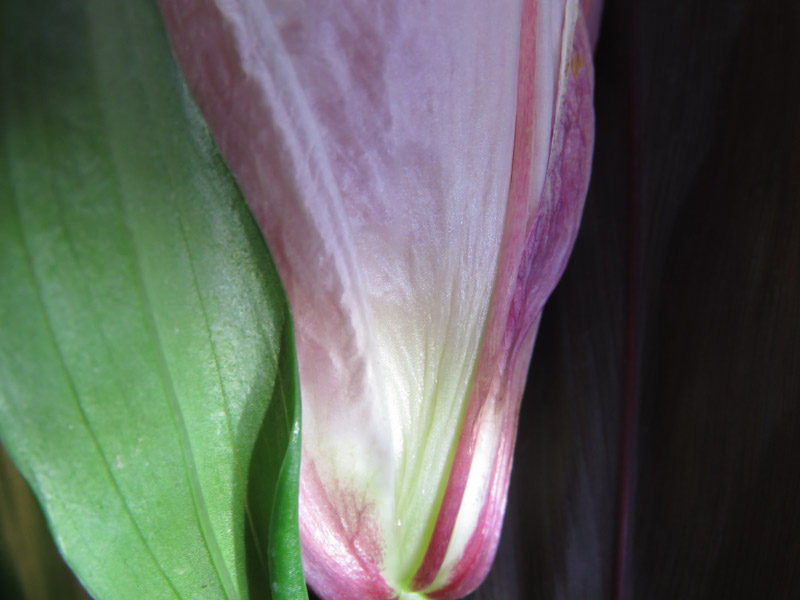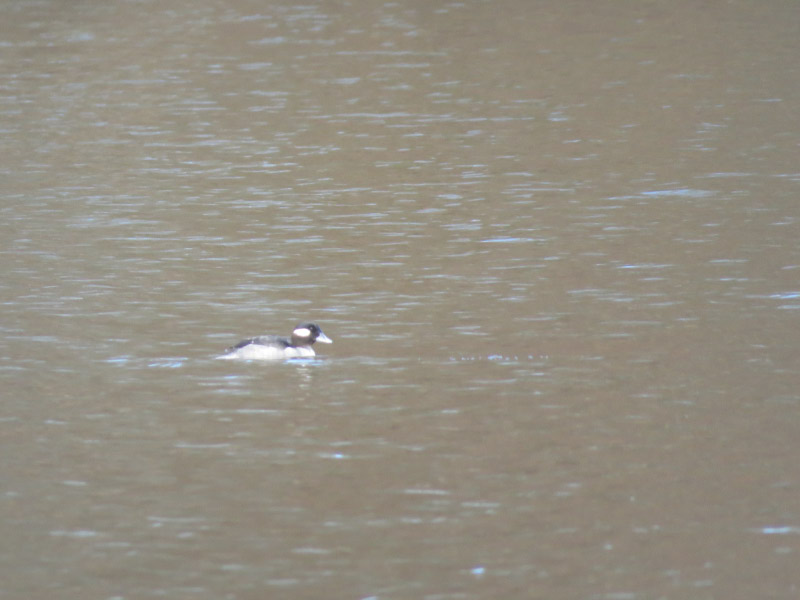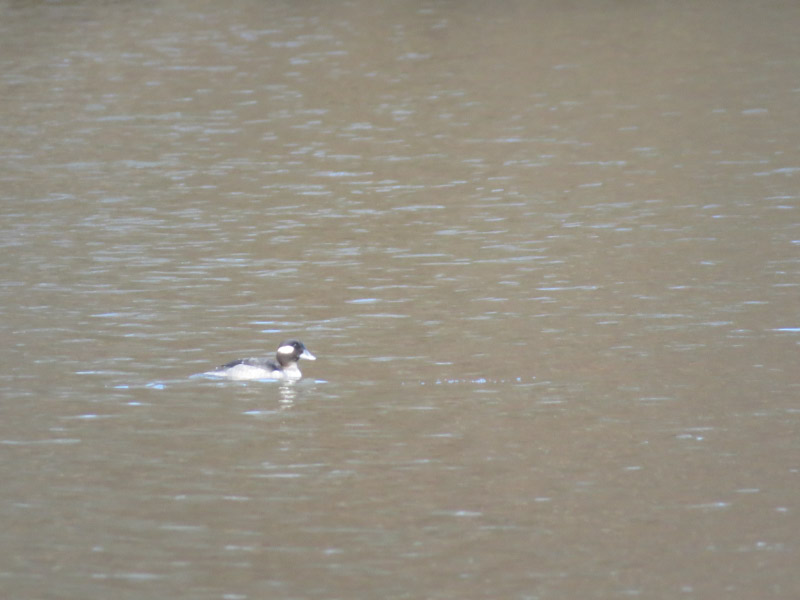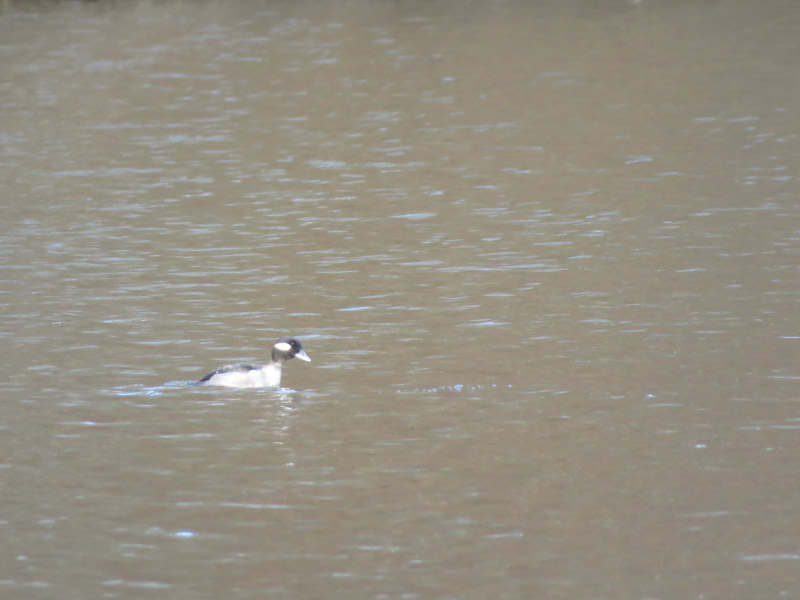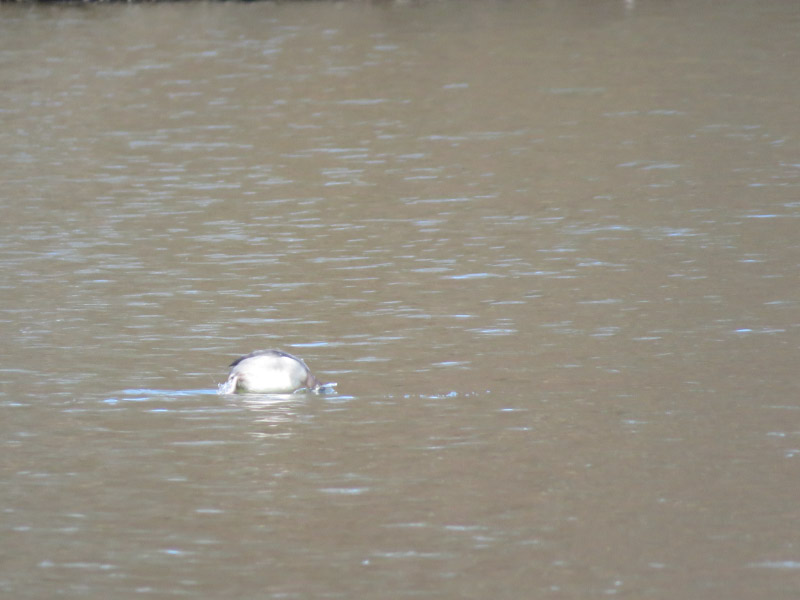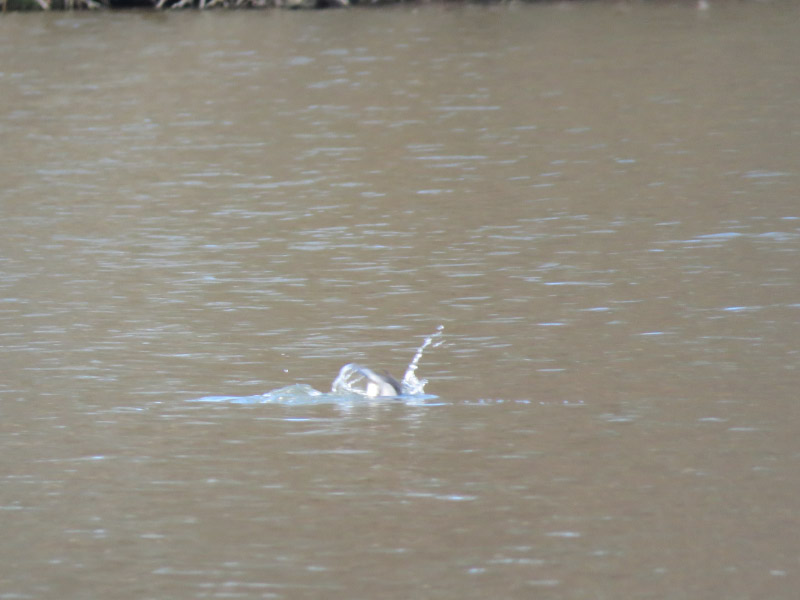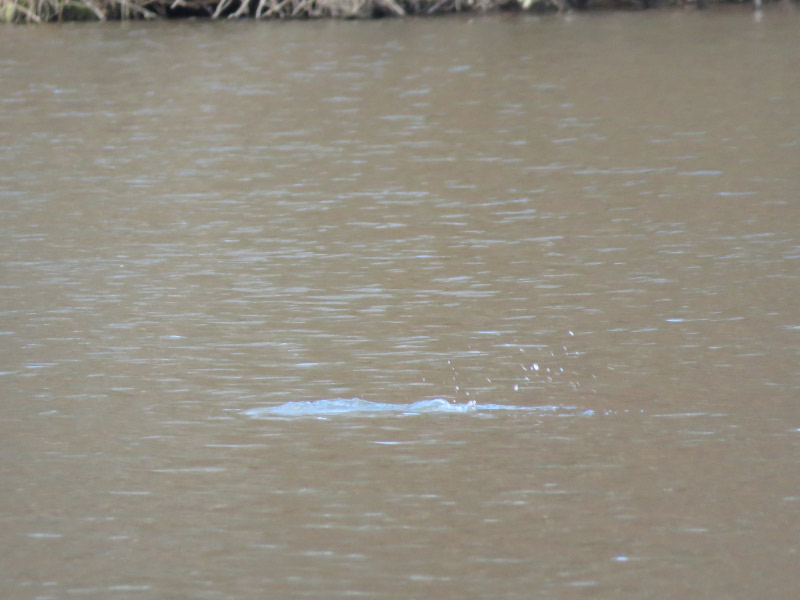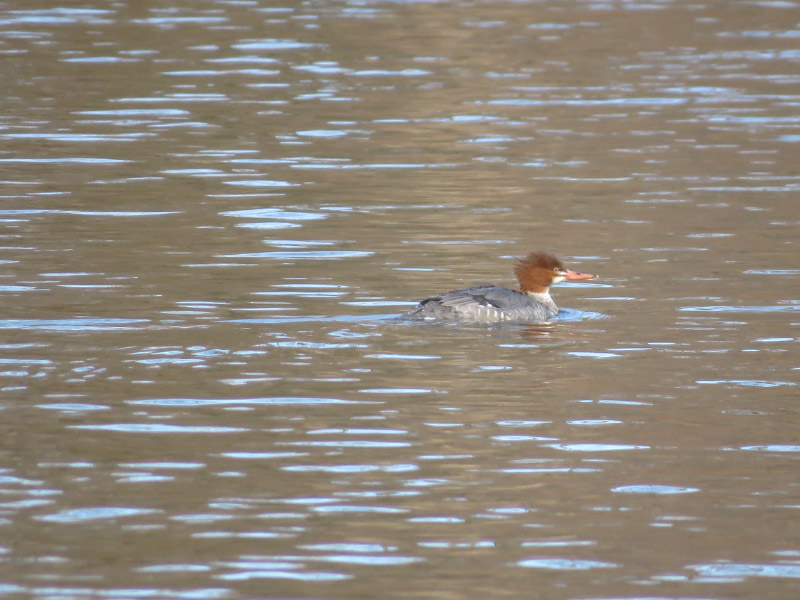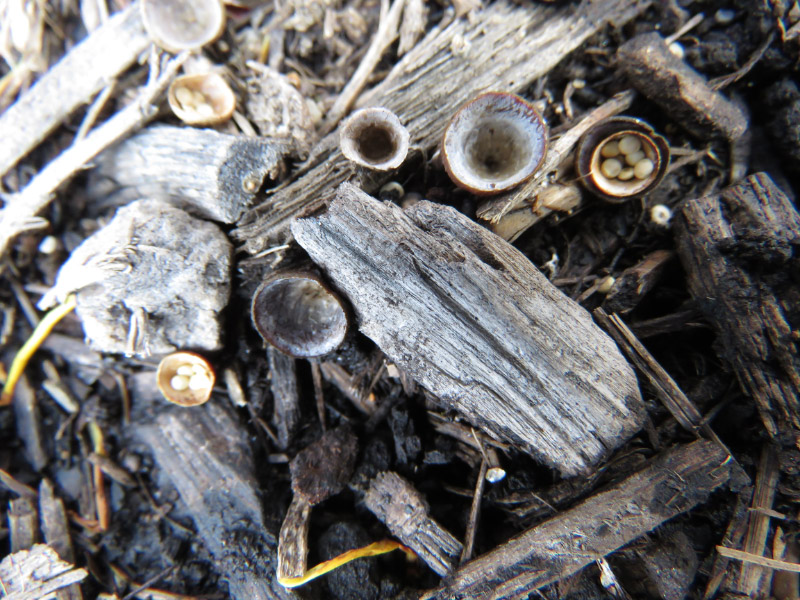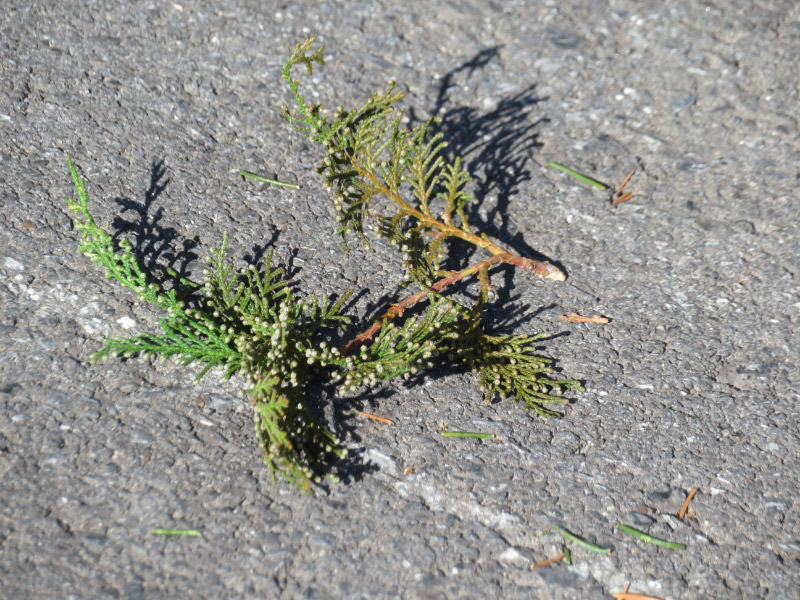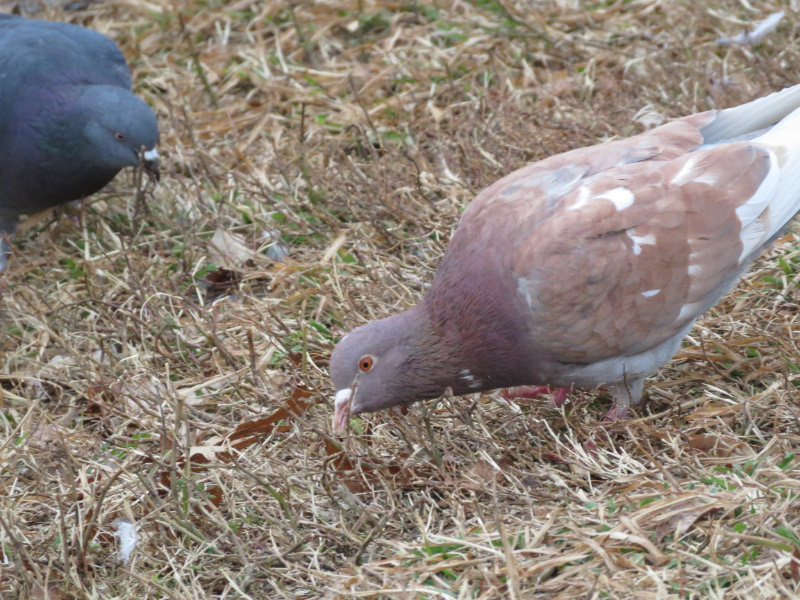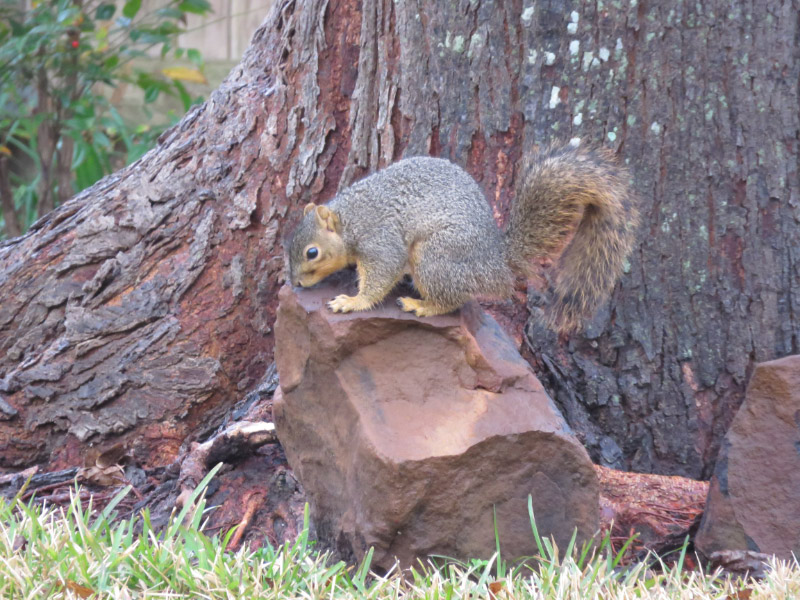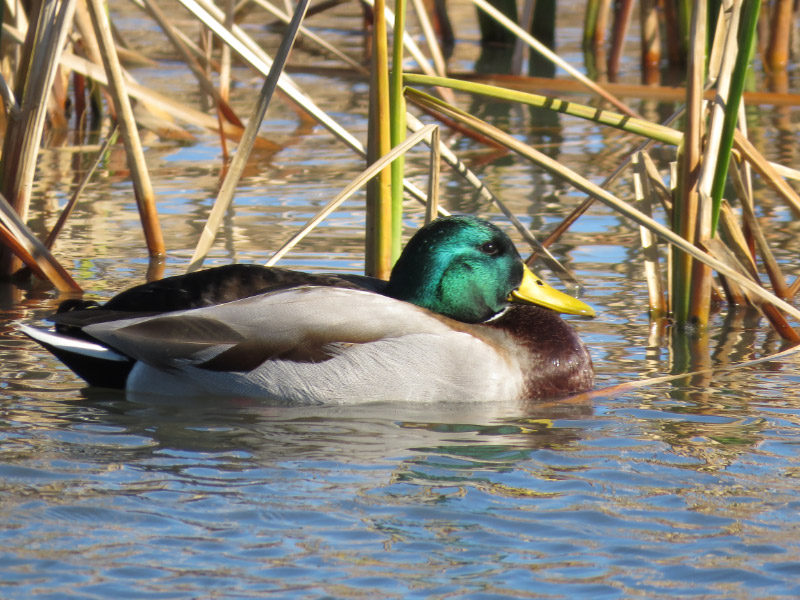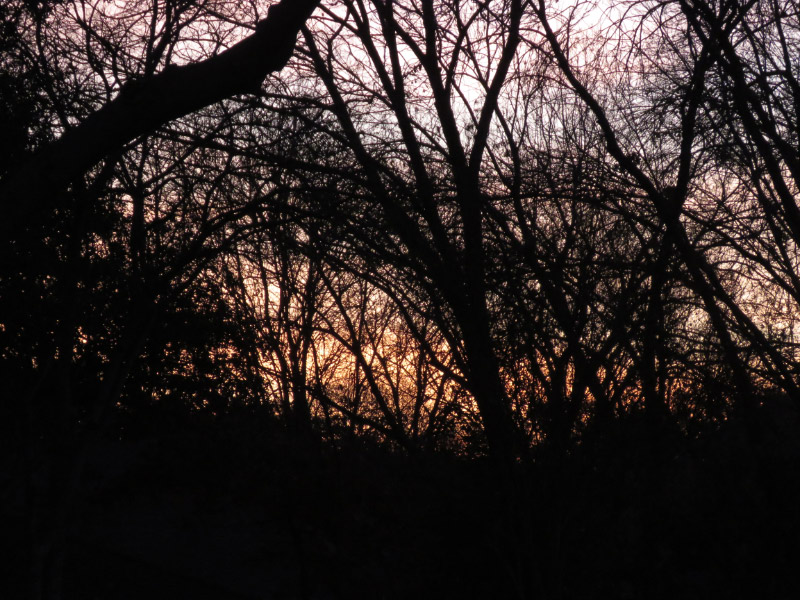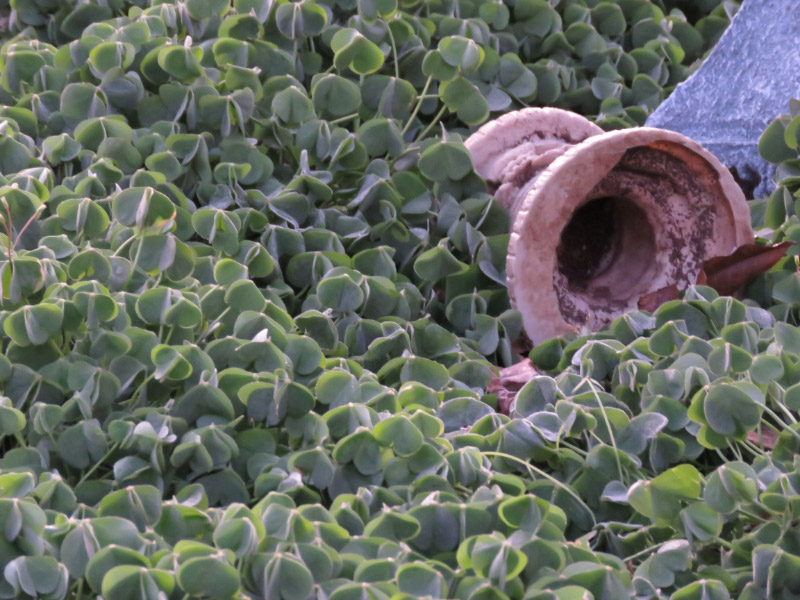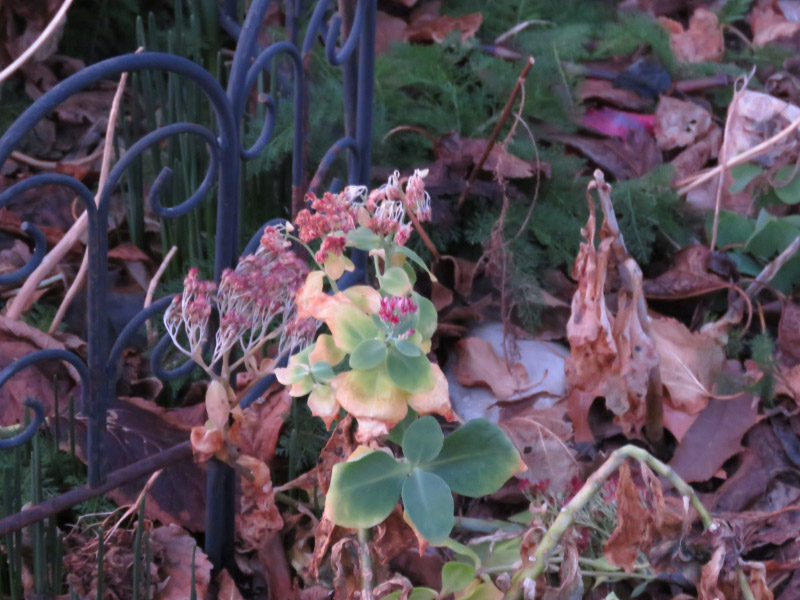The copyright dates range from 1760 to 2010….lots of changes in the world over that time period.
Botany Illustrated * Glimn-Lacy, Janice; Kaufman, Peter B. * sample image * 2006
Botany for the artist * Simblet, Sarah * sample image * 2010
The Florist * Sayer, Robert * sample image * 1760
Billeder af Nordens flora * Lindman, Carl Axel Magnus * sample image * 1901
Taschenflora des Alpens-Wanderers * Schroter, Carl * sample image * 1892
Flore coloriée portative du touriste dans les Alpes * Schroter, Carl * sample image * 1904
Flora fossilis Arctica - V1 * Heer, Oswald; Cramer, Karl Eduard; Nordenskiold, Adolf Erik; Schroter, Carl * sample image * 1868
Flora fossilis Arctica - V2 * Heer, Oswald; Cramer, Karl Eduard; Nordenskiold, Adolf Erik; Schroter, Carl * sample image * 1871
Flora fossilis Arctica - V3 * Heer, Oswald; Cramer, Karl Eduard; Nordenskiold, Adolf Erik; Schroter, Carl * sample image * 1874
Flora fossilis Arctica - V4 * Heer, Oswald; Cramer, Karl Eduard; Nordenskiold, Adolf Erik; Schroter, Carl * sample image * 1877
Flora fossilis Arctica - V6 * Heer, Oswald; Cramer, Karl Eduard; Nordenskiold, Adolf Erik; Schroter, Carl * sample image * 1880
Botanical Illustration In The Nineteenth Century * Schmidt, Alesandra; Jocoby, Trudy B. * sample image * 1996
Grevillea * Cooke, Mordecai Cubitt; Massee, George * sample image * 1872
British Fungi * Massee, George * sample image * 1911
Portefeuille des horticulteurs V1 * Gerard, Frederic (editor) * sample image * 1847
Portefeuille des horticulteurs V2 * Gerard, Frederic (editor) * sample image * 1848
African Violet Magazine - 1983 * * sample image * 1983
Choix de plantes rares ou nouvelles * Miquel, Friedrich Anton Wilhelm * sample image * 1863
De Noord-Nederlandsche vergiftige gewassen * Miquel, Friedrich Anton Wilhelm * sample image * 1836
William Coxe: manuscript (atlas) * Coxe, William * sample image * 1831
Emily Dickenson Herbarium Pages * sample image * 1846
Beatric Potter, mycologist * sample image * 1897
Elements of Botany * Duppa, Richard * sample image * 1812
Orchids: their cultures and management * Watson, William; Chapman, H. J. (editor) * sample image * 1903
Cactus culture for amateurs: a concise and practical guide to the management of a little understood family of plants * Watson, William * sample image * 1920
A flora of North America: illustrated by coloured figures, drawn from nature (Volume 1) * Barton, William Paul Crillon * sample image * 1821
Description des plantes rares cultivees a Malmaison et a Navarre * Bonplan, Aime; Bessa Pancrace; Didot, Pierre; Redoute, Pierre Joseph * sample image * 1812






